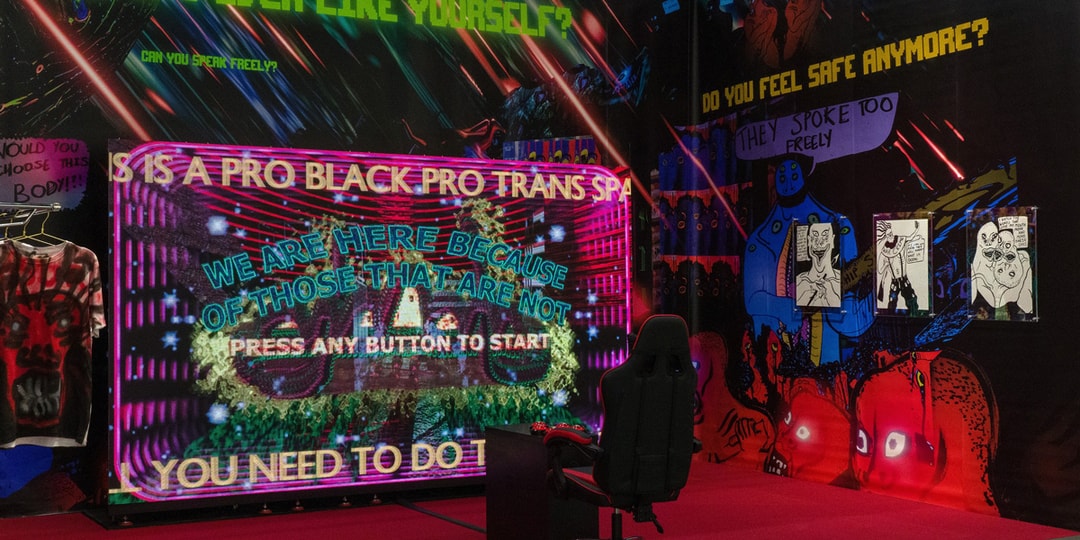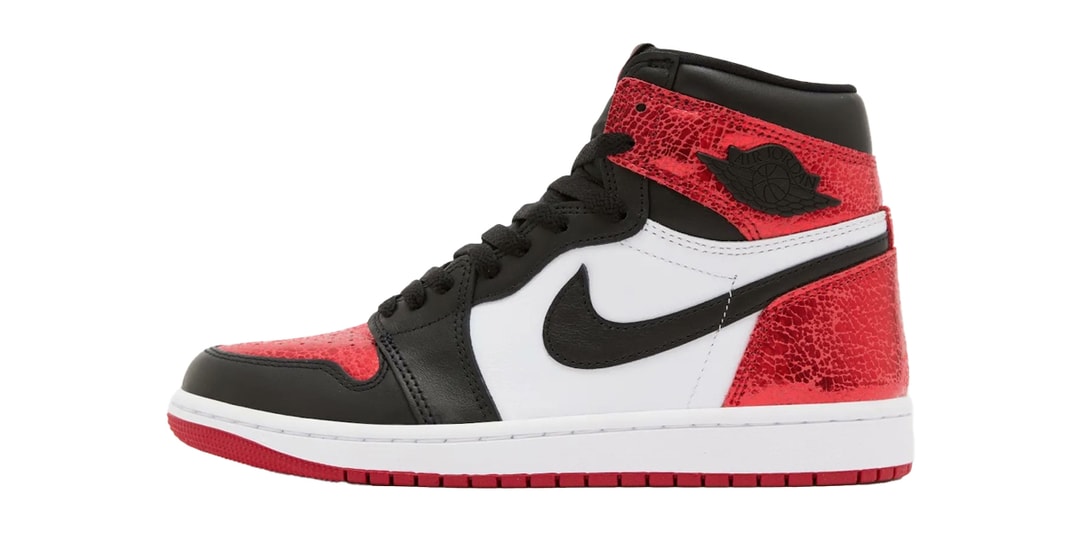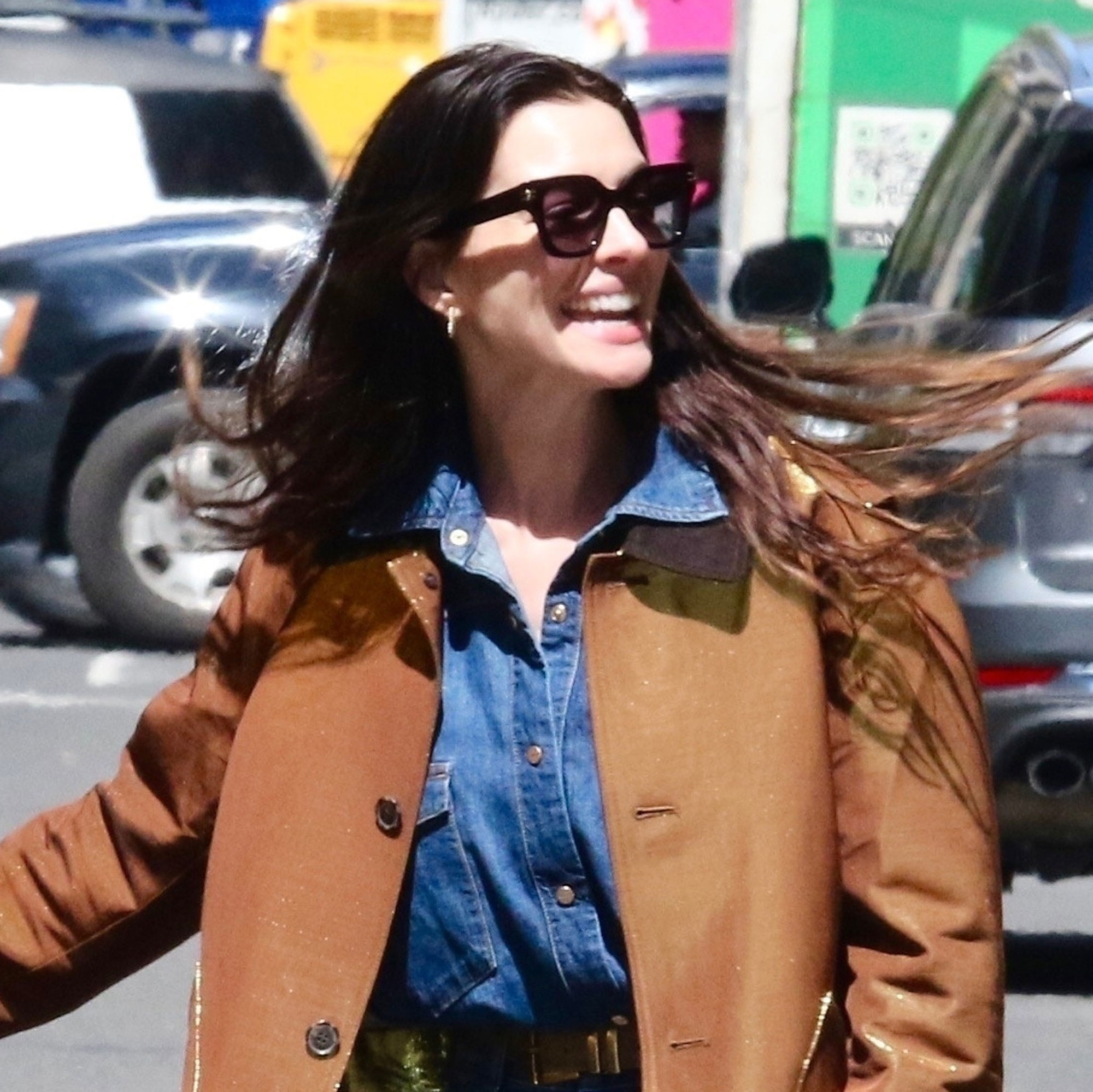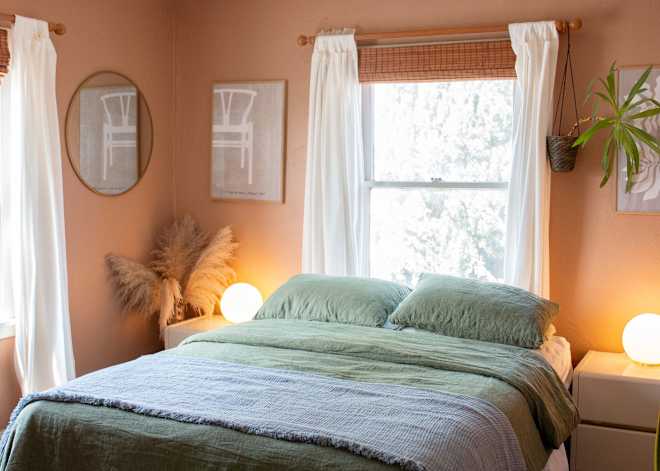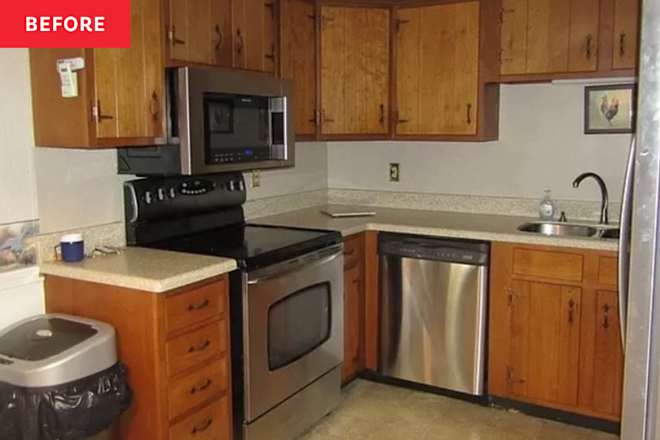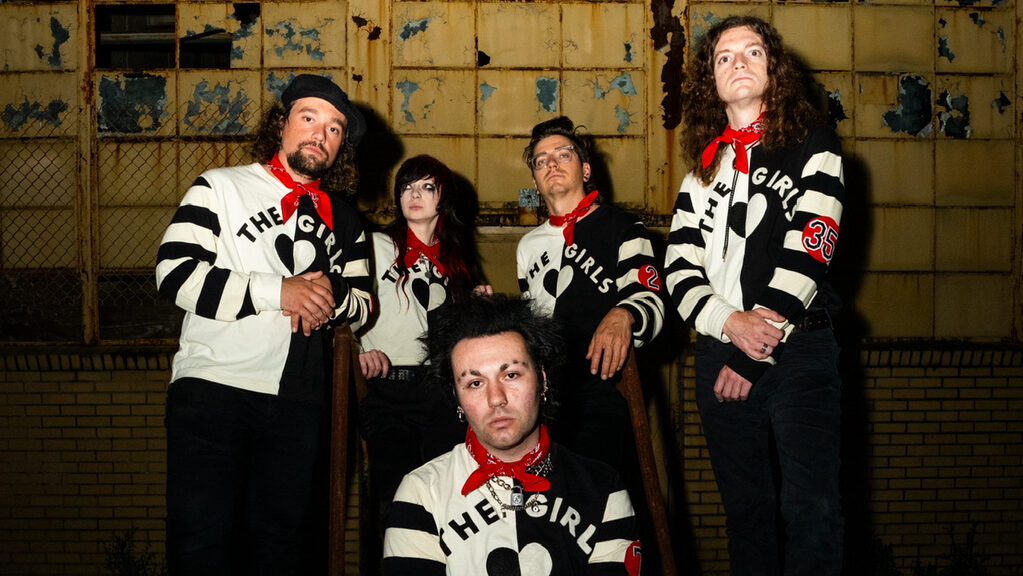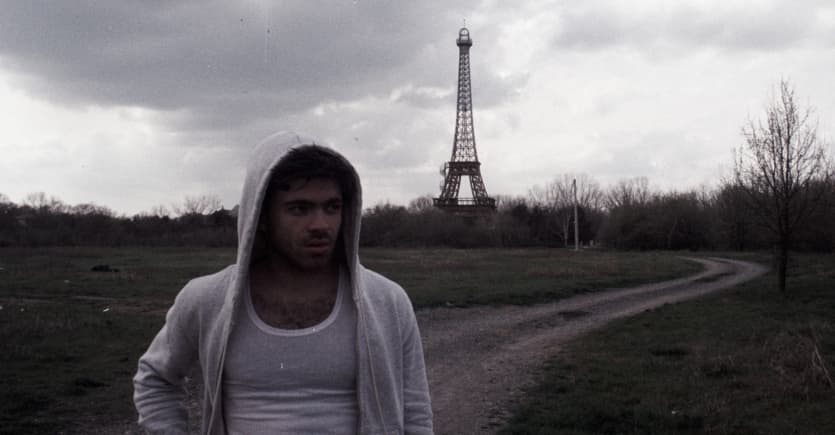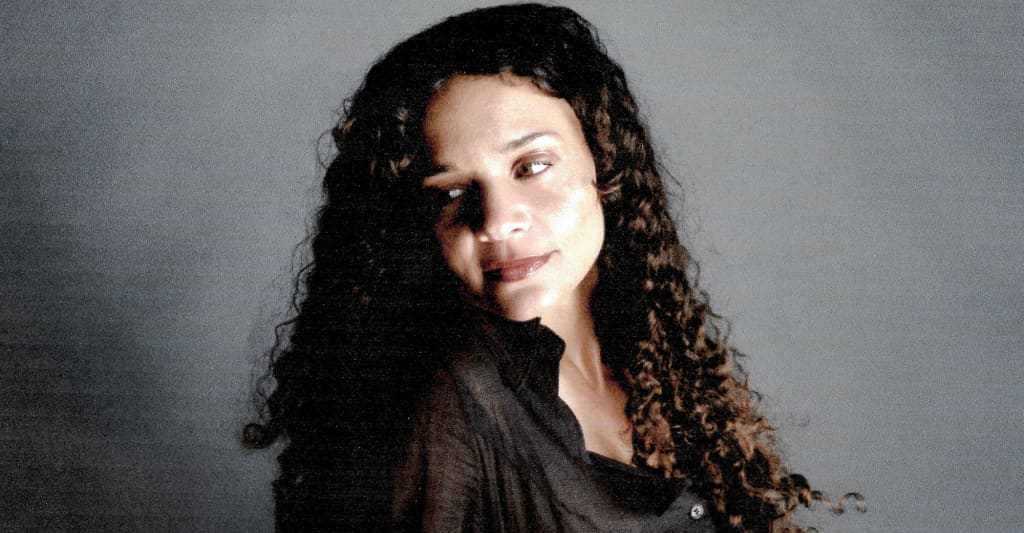Starz CEO Sees Opportunity to Grow Through Bundling, Partnerships With Networks ‘Marooned on the Linear Side’
Jeff Hirsch shares the company's strategy around content, M&A and more in a conversation with TheWrap following its Nasdaq debut The post Starz CEO Sees Opportunity to Grow Through Bundling, Partnerships With Networks ‘Marooned on the Linear Side’ appeared first on TheWrap.

Starz Entertainment Corp. is officially trading as an independent public company on the Nasdaq following a split from Lionsgate that was three and a half years in the making.
“We’re super excited. We’ve been working on this separation for a long time. Both sides of the prior business are excited to get out and be laser-focused on what they do well. The market is reacting well, but it’s still early. There’s a lot of education we have to do,” Starz CEO Jeff Hirsch told TheWrap in an interview.
The separation is designed to unlock more value for both Lionsgate and Starz, which have long felt that they were being undervalued by Wall Street in a combined form.
“I think you’re seeing, at least in the early days with not a lot of volume, the business getting situated into a better multiple. We were trading at a three multiple within the Lionsgate stock and in the industry somewhere between five and six and a half and so I think you’ll see us start to climb to there,” Hirsch said.
Read on below for the rest of TheWrap’s conversation with Hirsch around the company’s future plans around content and bundling, as well as potential M&A opportunities.
You’ve talked a lot publicly about the importance of bundling Starz as a key growth area. What’s been the impact thus far of your bundling partnerships with AMC+, Max and others? Are there other partners you’re looking to work with moving forward?
It’s still early days but I think it’s been really successful. What you find is a lot of people look at the bundles and say ‘Oh, it’s a consumer discount’ so people buy this because it’s cheaper. And then ultimately you’ve got a sticker consumer because they’re getting more value. I think underneath it, what you’re saying is you’re combining programming slates at a cheaper price.
We just came off of a bundle with Max and Starz, where in February they launched “The White Lotus.” We didn’t have a big show launching in February, so we had the benefit of the combination growth between the two there and then in March, where it didn’t have a premiere but we premiered “Raising Kanan.” We had a big show and so they benefitted from it there. So really picking bundling partners where you can align the programming slate in a way that the continuity is there at a discount to the consumer is a real benefit to both the consumer and ultimately to the long-term lifetime value of a consumer.
We’ll continue to bundle with other partners. We think we’re going to start to see not just kind of onesie, twosie bundles but multi-company bundles. That will be the next evolution of that. So as people start to put 1, 2,3, 4 products together, I think you’ll see us at the center of that.
A big topic of conversation in the media industry has been around consolidation. Ironically, this split with Lionsgate is the opposite of that and we haven’t really seen consolidation play out thus far. As you look at M&A opportunities, do you see yourself as an acquirer or seller of assets? Are there specific areas, companies or assets where you see opportunities?
I’m not going to talk too detailed on M&A. I do believe, and I’ve said this publicly, that because of our technical capabilities and our data capabilities and our ability to take Starz from a linear-only business to 70% digital and being primarily a digital-first company, we’re sitting at a 15% profit margin will scale that to 20% over the next couple fiscal year or calendar years. We’ve known how to do it, we have the technical capabilities to do it.
There’s a lot of networks out there today that are marooned on the linear side and don’t have technical capabilities to do what we’ve done. We think we can be very additive to content that is stuck on the linear side to give them a digital future. Obviously we are going to be focused on women and underrepresented audiences and so we’ll try to scale our business around that programming focus with partners whether it’s commercial or acquisition that can actually help us grow our business and into those demos. We think there’s about 80 million households in the U.S. that are an opportunity for us. In the U.S. and Canada, we’re on 20 million today. So we think by potentially adding partners that way, we can actually push up into that total addressable market and really grow our business.
You mentioned 70% of your revenue is coming from digital platforms, but talk to me about what you’re seeing on the linear side and how you’re managing the declines in that area?
As a retired cable company guy, I’m very fond of the linear business. A non-ad-supported, a la carte business, which we are means two things: One, consumers are picking us because our content is working. So that’s always good. And two, we generate revenue for our cable partners. So we still think there’s a lot of opportunity to grow on that side.
If you highlight what Charter Communications has been doing with the combination of the linear and streaming business, they have a good path going.So I’m still very excited about the opportunities in the linear space. There’s opportunity for us to make money together, we continue to see that in our renewals and there’s a renewed interest in growing our business. We are as excited about trying to grow the linear business as we are about trying to grow the digital business with all of our partners. And equally so I do think on the digital side, as a lot of consumers continue to move there, we will just follow the consumer and hopefully continue to serve the consumer on where they want to be served, whether it’s on linear or digital and we’re excited about that.
We are a complementary partner to all of these broad-based services, much like we are in the linear world, where we’re sold as an add-on. Comcast really helped build their video business by giving HBO, Showtime and Starz included in those packages and I think we’re starting to see some of that on the digital side.
On the streaming side of things, you currently don’t have an ad-supported tier for Starz. Is that something that you may consider launching in the future? What do you see in terms of the opportunity to raise price?
Our revenue base and diversifying it away from just subscription with an ad tier could be very interesting. I don’t think we’ll do it like the rest of the industry has. I don’t think we’ll do a Starz lite where it’s ad-supported at a lower price because our content is different in nature. It’s very R rated, it’s very adult and so it’s really hard to put ads on scale around our content. Advertising is such a scale business that it’s hard for us to see profitability around an ad lite tier with our content, but we do think there’s opportunities to partner with maybe linear ad-supported networks to help them build a digital footprint and share in the economics and help them grow on the digital side. So content that focuses on the same demos that we focus on, but different types of content from different partners is probably the interesting approach for us.
We’re not competing with these big, large, broad-based streamers and so we do think as long as they continue to raise price, it gives us the opportunity to raise our price. But we’re going to be very conservative around that, because we do think there’s still growth on the business around subscribers and bundles, and not just by rate.
We’re seeing a lot of economic uncertainty from President Trump’s tariff policy, including now potentially impacting movies made outside of the U.S. How do you see tariffs potentially impacting your business in the weeks and months ahead?
It’s hard to say right now. There’s a lot we don’t really know, so we’re monitoring the situation very closely to see what that impact is. But for the most part, the majority of our TV shows are made here in the U.S. just because of the nature of our storylines. We’re watching it closely and I don’t really know the impact until we have a better sense of what it exactly looks like but for the most part we don’t make movies. We buy them from third parties and so we have those deals locked up through calendar 2028 and most of our TV shows are made here in the US.
Talk to me about your upcoming slate and the status of some of your projects in development. How much do you plan to spend on content and is that going to change from when you were combined with Lionsgate?
I’m super excited about the slate this year. We’ve got BMF coming back on in the next month and I think this season is going to be one of the best yet. It’s very powerful. We then roll into the Outlander prequel in August called Blood of My Blood and I think that is going to be very, very well received by the fan base as well as a younger audience. It’s 30 years before the first Outlander back in Scotland. It’s clan lords, two love stories, its propulsive. I’m really excited about that. And then we roll back into a fan favorite that we had at the end of the year that hasn’t been on the network for 10 years in “Spartacus: The House of Asher” which will be a really great show to bring back on the network. I think it’s going to be a great year for us. Last year was a strike-affected year still. So we struggled with not having as many big tent pole shows as we normally have and we’re back to a full slate with big, new, exciting shows that will really elevate and drive both viewership and subscriber growth this year.
We’ve got 40 to 50 projects in development that we’re really excited about. We’ve announced development on some of them. We’ve got Fightland, a UK boxing show with 50[Cent] that’s going in development. We’ve also got All Fours, which is a huge book from Miranda July that was very competitive. That really fits our programming strategy and I think Miranda really liked what we do and how we do it, which is how we ended up landing the rights and the honor to produce such a great book into television. And we’ll start to get ownership back on the air and build the IP catalog that we had pre Lionsgate, which gives us better economics.
Part of that getting to that 20% margin is getting ownership back on the air, which will allow us to either spend less or actually put more on the air and we’ll figure that out as we go. If you look at the last couple years, it’s been somewhere between $700 to $750 million of content spend. But I think the content slate and the development portfolio right now is the best it’s ever been for our business and we just can’t wait to get it out to our consumers.
On the topic of franchises, I wanted to ask you about what the future of the Power franchise looks like. Do you have more spinoff in the works?
Power is a great universe. We’ve kind of created this concept that the Power universe never ends and it will never end. There’s so many stories to tell coming out of the original Power show. We’ve got Raising Kanaan on the air right now. We’ve got Force which is coming back. We just ended Ghost. We’ve announced another spinoff called Origins, which is the origin story of the original power and that’s exciting because you start to learn the backstory of the original cast and how they got into the game, and how the Kanaan character went to jail and why. So you have the original cast at a younger age meeting and really developing into what you saw on Power and I think that’s a really exciting show for us and it’s something we’ve wanted to do for a long period of time. And then we have another one that we haven’t announced that is really exciting. And so we’ll announce that soon. But there’s two more stories coming at least and there may be more. So that franchise will continue to grow. Lionsgate and Starz are really committed to making sure that each one of these stories are unique to themselves, but fit within the universe so the fan base will continue to be excited with new, fresh stories, but within the same foundational stories that that they’ve grown to love over the years.
You’ve also recently licensed some of your shows to Netflix. How has that impacted viewership? Do you plan on licensing out ‘Blood of My Blood’?
Some of the stuff has ended up Netflix are older shows that are no longer on the air that Lionsgate owns the IP and has the right to license. I’m not a big fan of content ubiquity. I’m more about scarcity. I think it really helps grow the brand and keep your franchise unique. So you won’t see us licensing a lot of the more newer stuff to Netflix or anybody for that matter anytime soon because we have shows that sit on Netflix and we don’t see the uptick of people watching on Netflix and coming to watch the current season of Starz. I think they wait. So I don’t think it really elevates to your brand, into your subscriber base. So you won’t see us do that. We were a big fan of keeping stuff exclusively on service. You see that, even with our movies, when we have it, they’re exclusive to us for the most part. and we’ll continue to do that.
“Blood of My Blood,” obviously, will be exclusively to us and will not end up on Netflix in the same windowing strategy that “Outlander” is today. So that will be exclusive to us domestically.
We talked about the importance of having owned content but do you still see yourself leaning into co-productions and acquired titles?
I do believe we will continue to lean into great acquisitions as you saw with “Mary & George” and “Sweetpea.” Again, the goal here is to have a great portfolio of content that really helps drive the subscriber base and the viewership base. So where we see shows that fit our model, that we can license, or are shows that we can co-produce, or even shows that we can just make ourselves, as long as we believe it will serve the audience and grows the subscriber base, we’re going to put it on the air.
Women and under-represented groups are your two key demos. Are there other areas, genres or demographics that you would consider expanding into?
We think there’s 80 million homes in the U.S. that are opportunities around the two demos that we serve today, and we’re sitting around 20. So we think there’s a lot of opportunity to continue to stay focused. I think what’s best for a business our size, with the content portfolio that’s not ad-supported is to stay focused on these two demos and try to get up and take that 20 million to 30 million, 40 million, 50 million and stay laser focused and do those two things better than anybody else. So we’ll continue to be laser focused on what we do today, even as we separate, we’ll just focus even more on that.
The post Starz CEO Sees Opportunity to Grow Through Bundling, Partnerships With Networks ‘Marooned on the Linear Side’ appeared first on TheWrap.




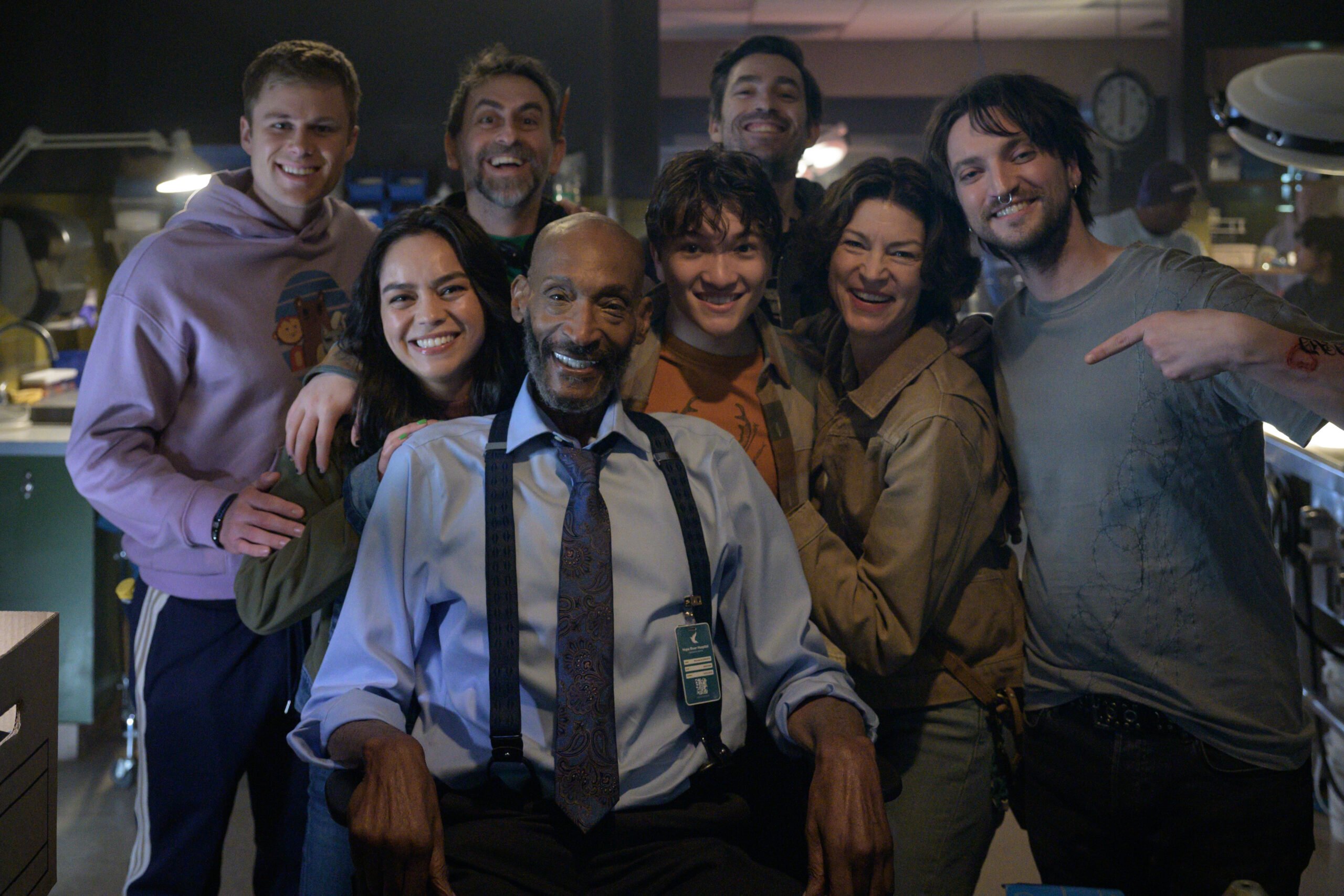
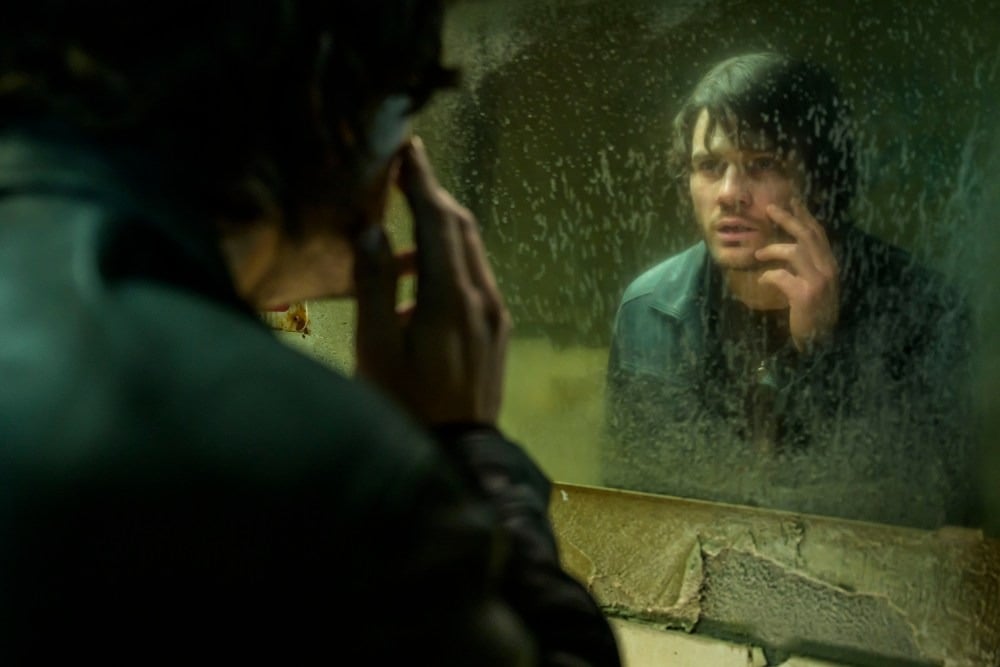
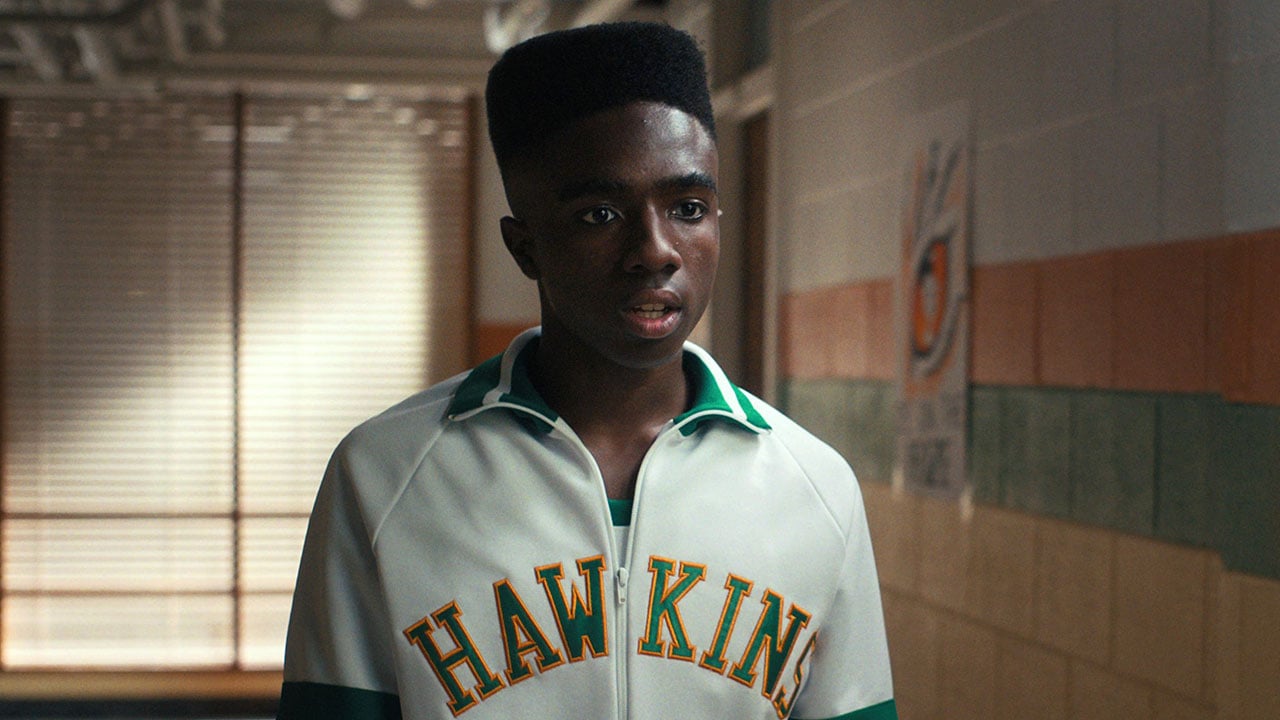
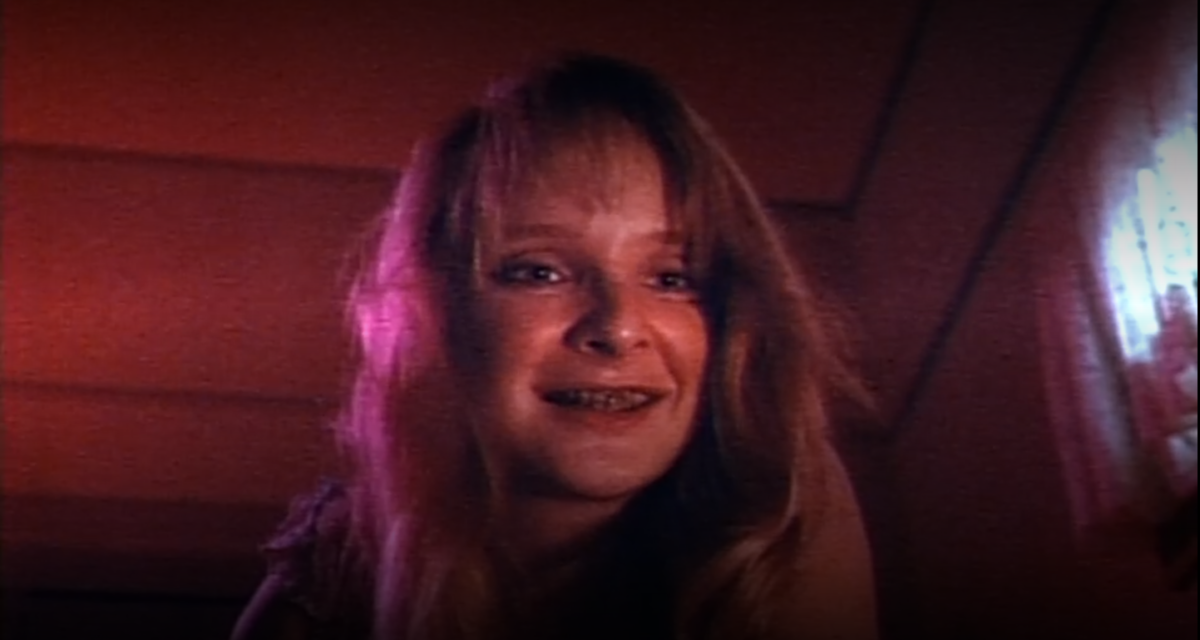











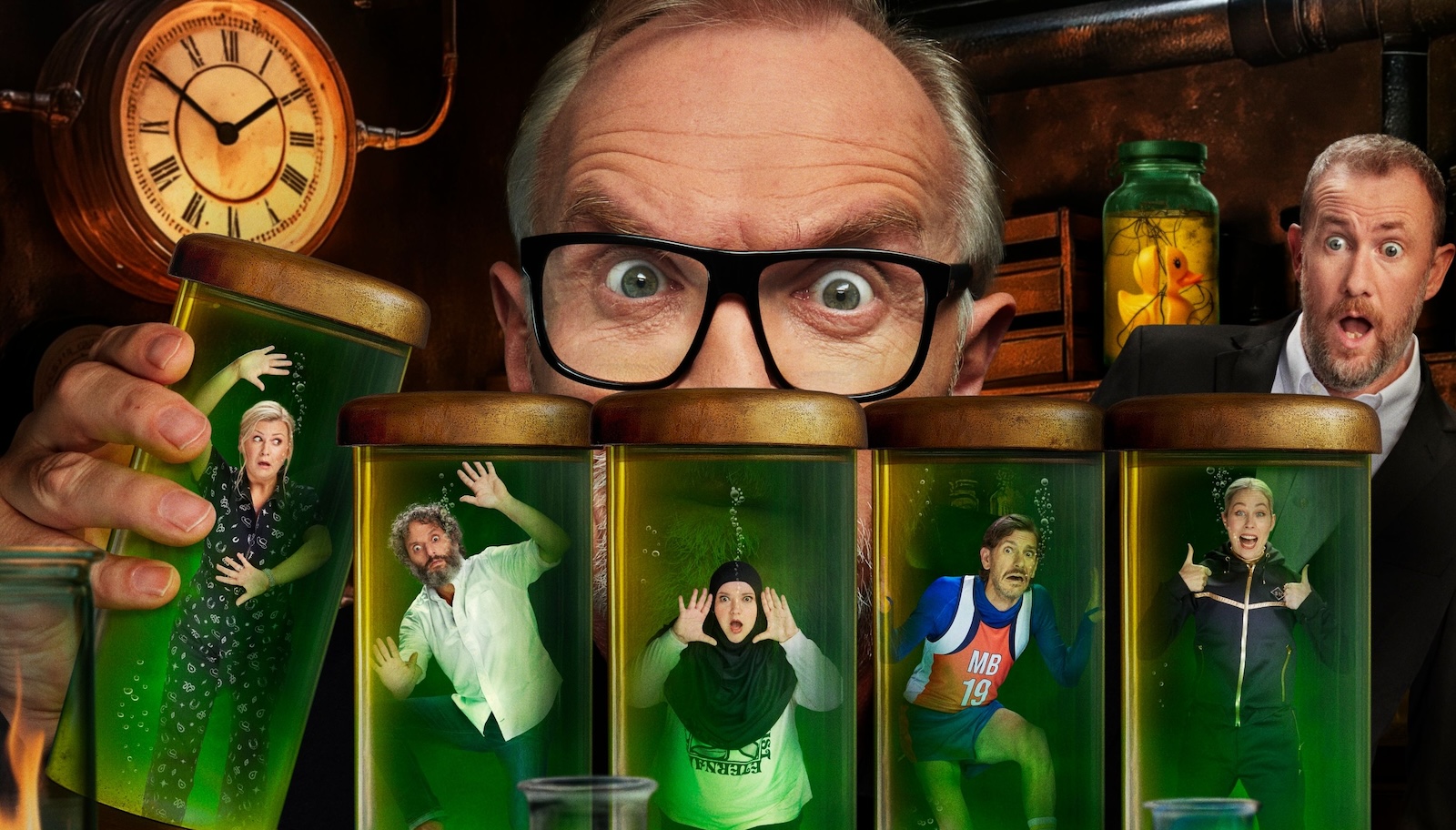
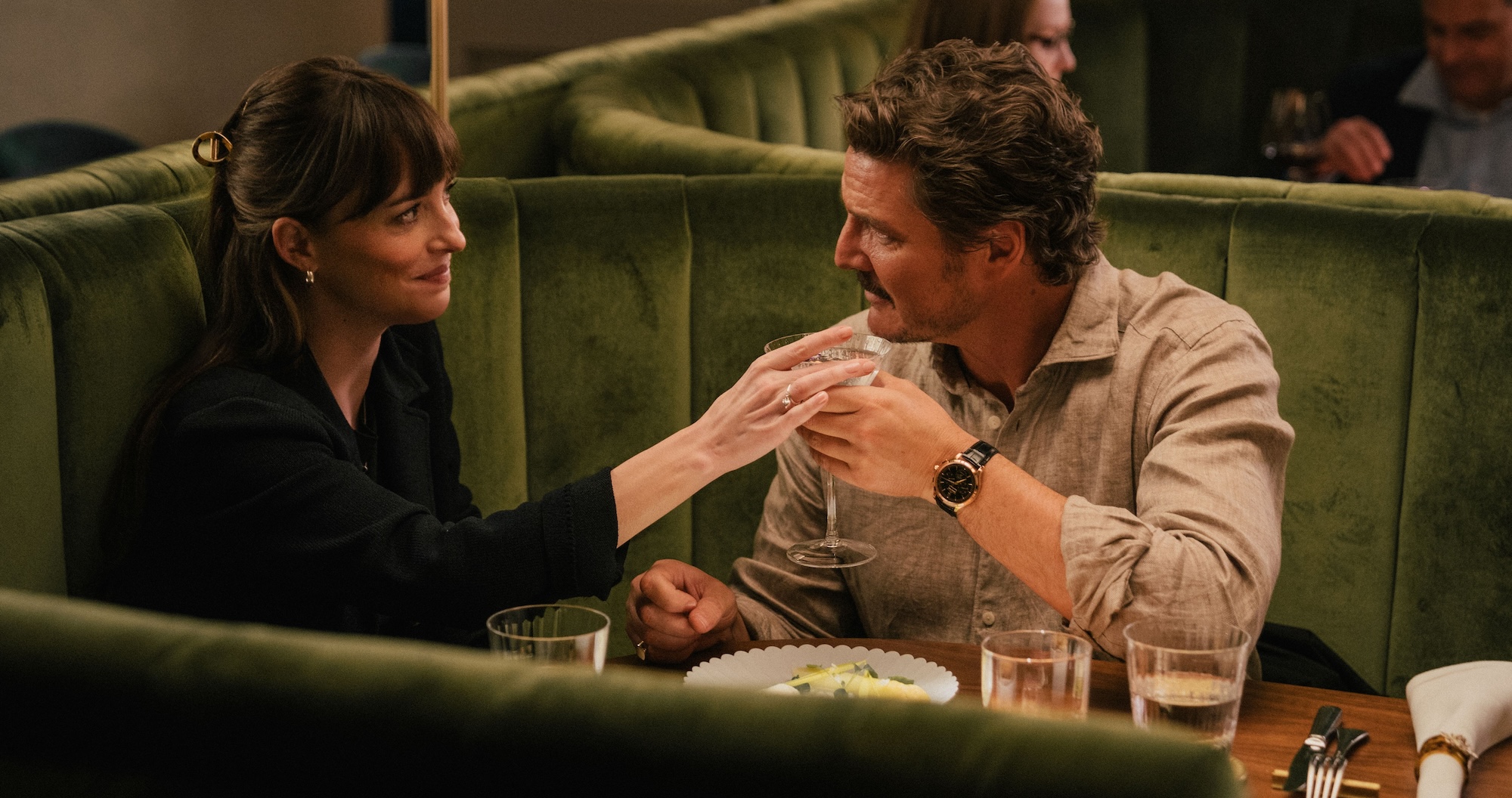


















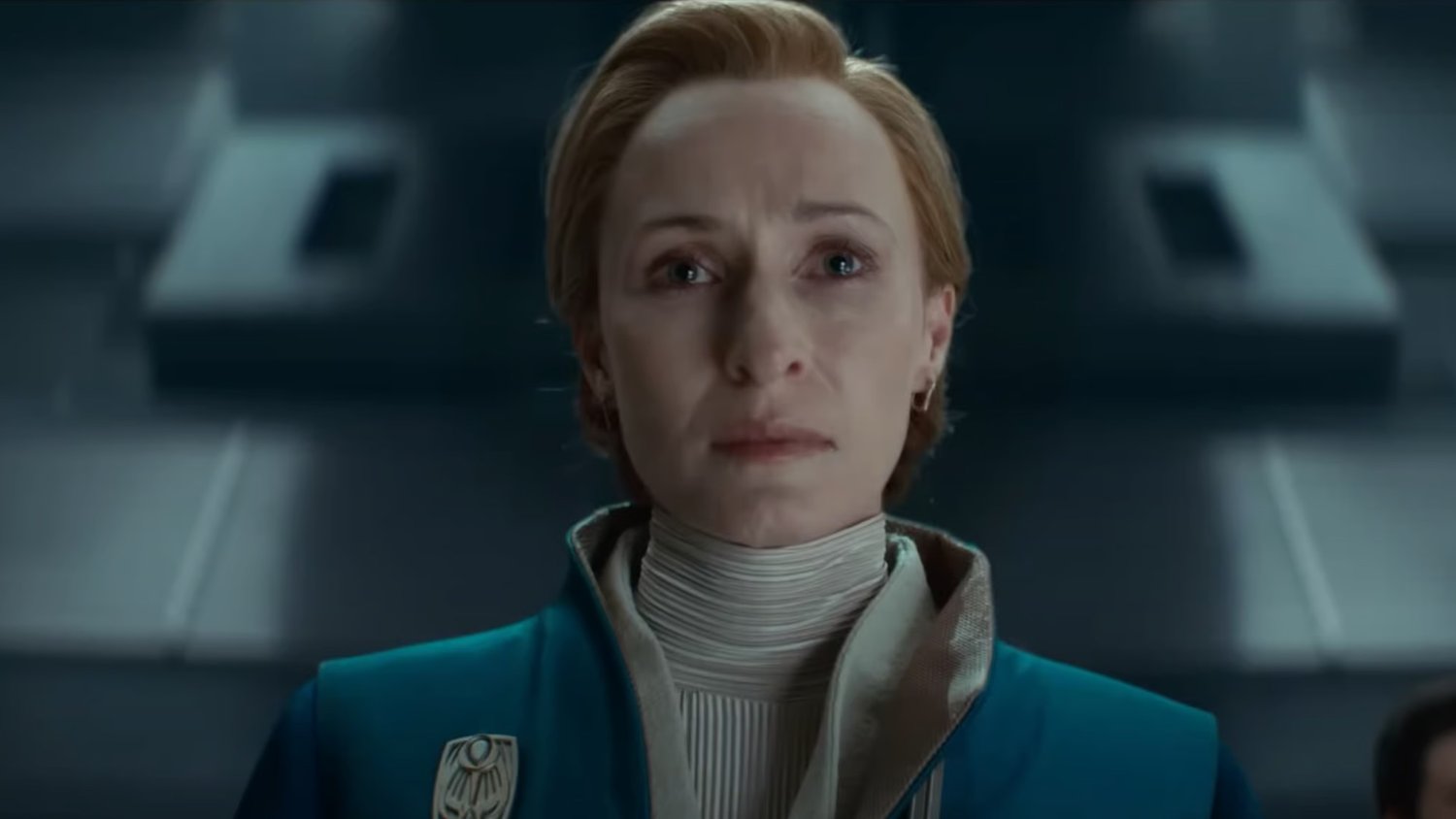

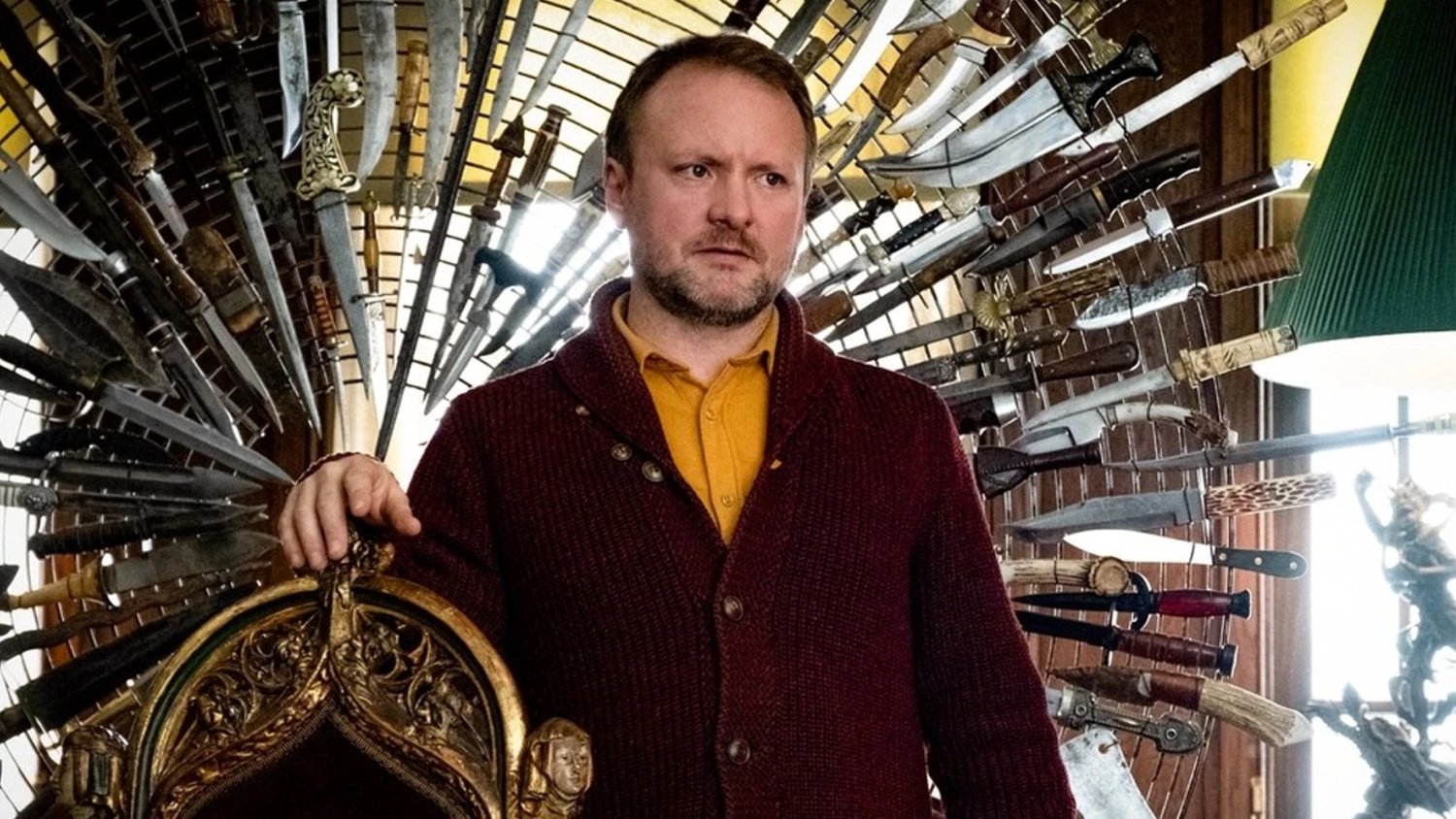










![Hollow Rendition [on SLEEPY HOLLOW]](https://jonathanrosenbaum.net/wp-content/uploads/2010/03/sleepy-hollow32.jpg)
![It All Adds Up [FOUR CORNERS]](https://jonathanrosenbaum.net/wp-content/uploads/2010/08/fourcorners.jpg)

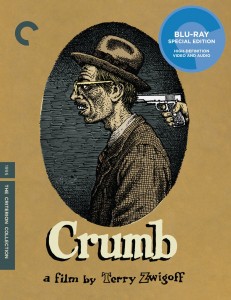



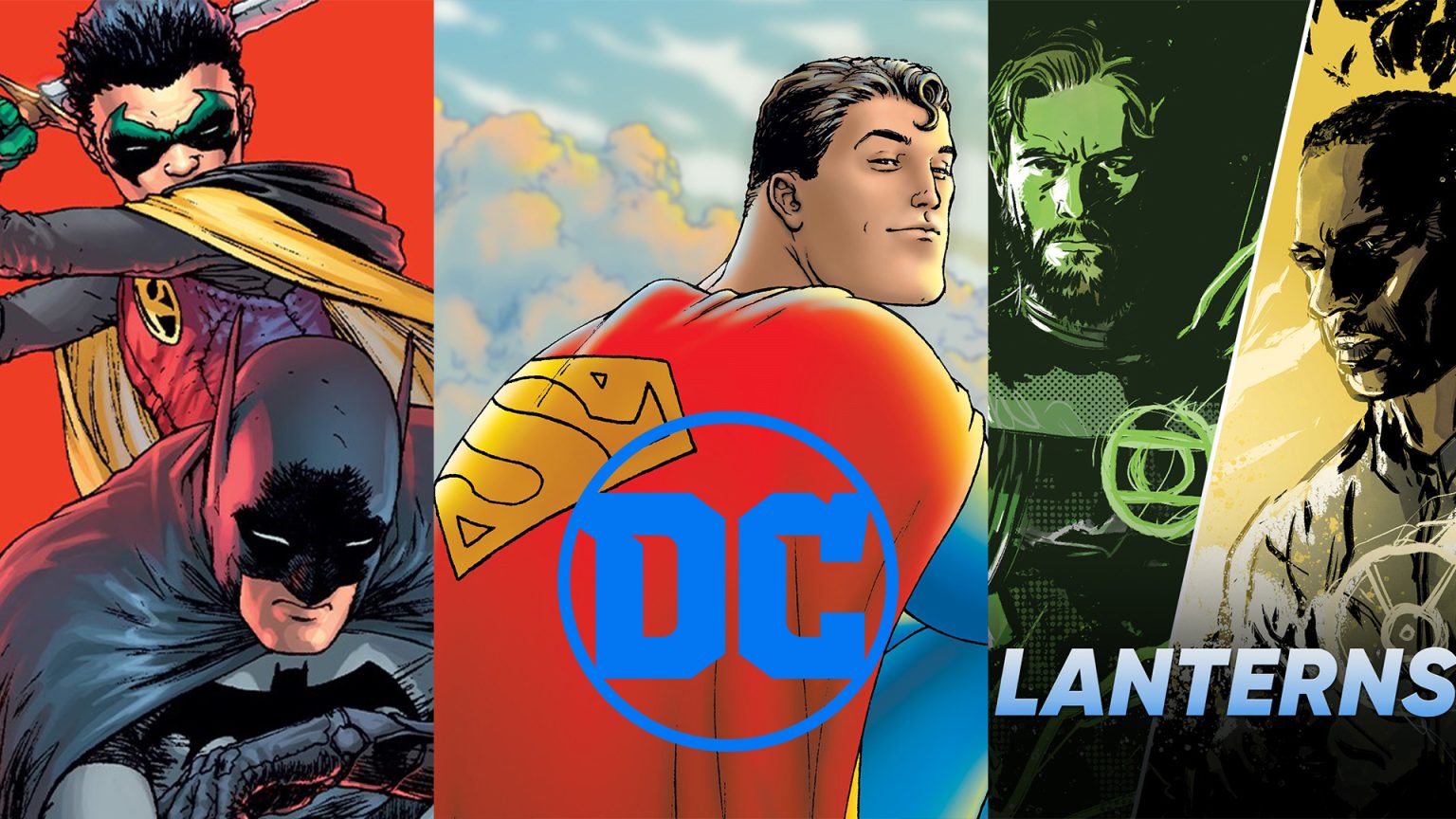
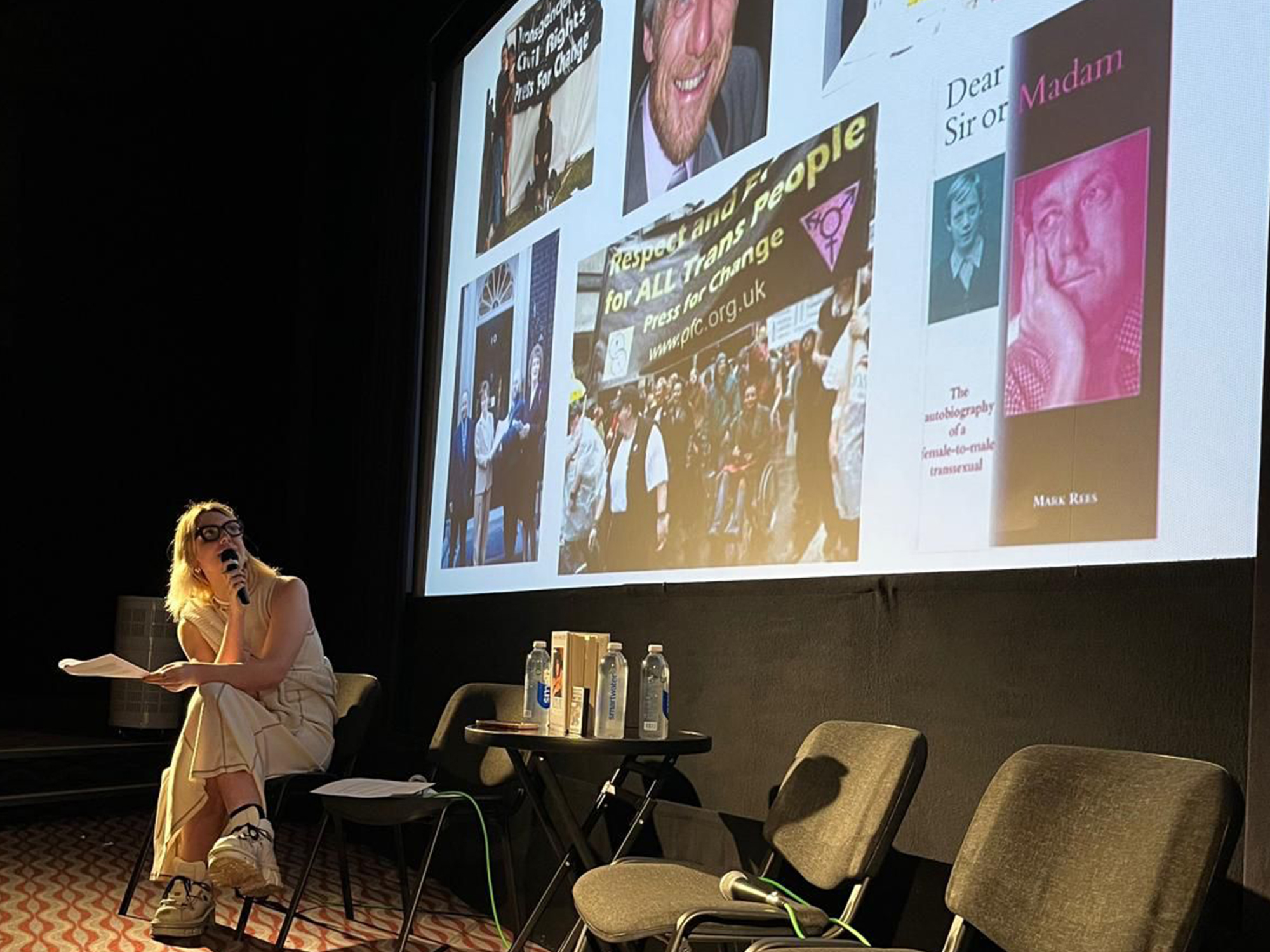
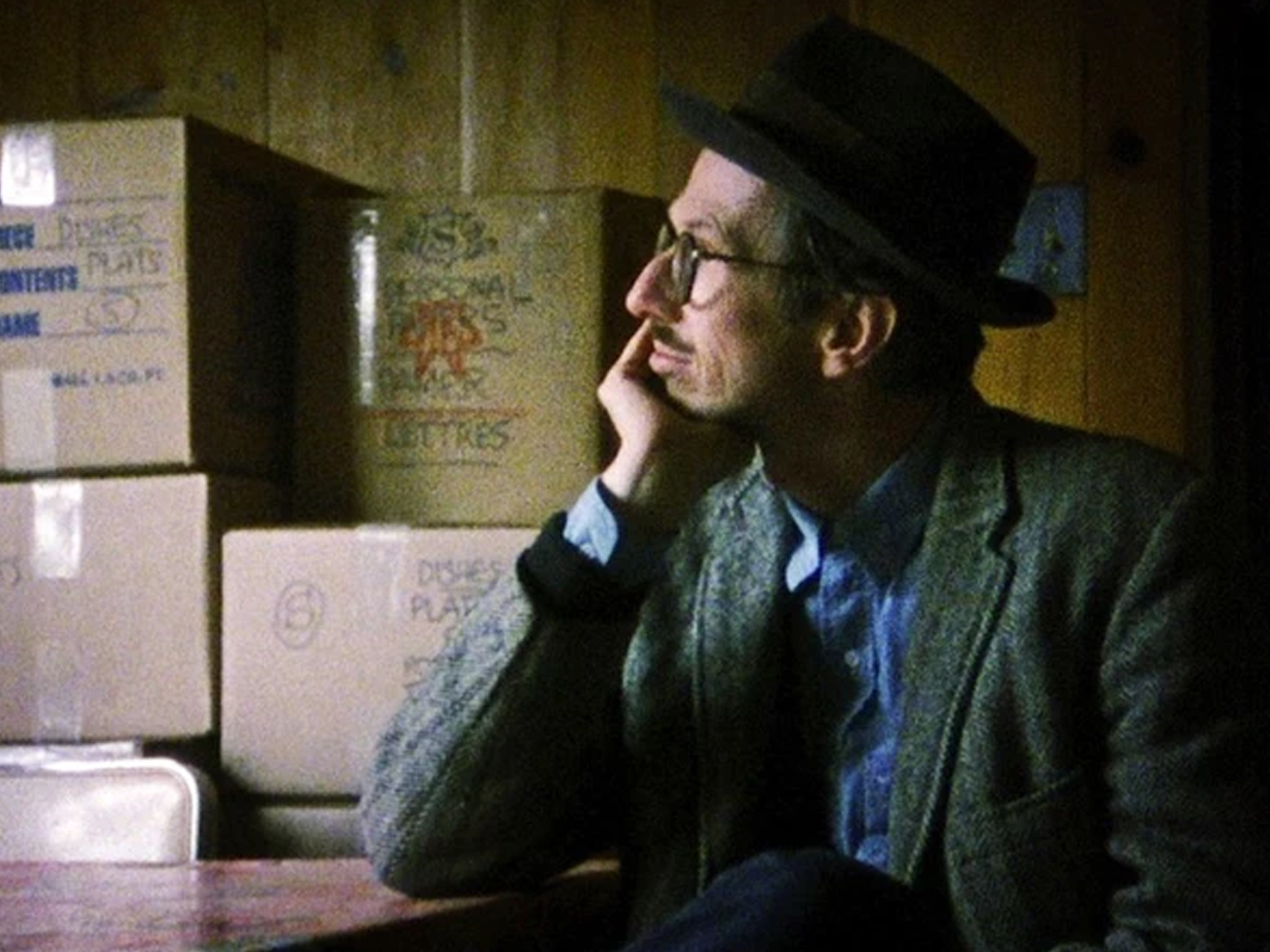











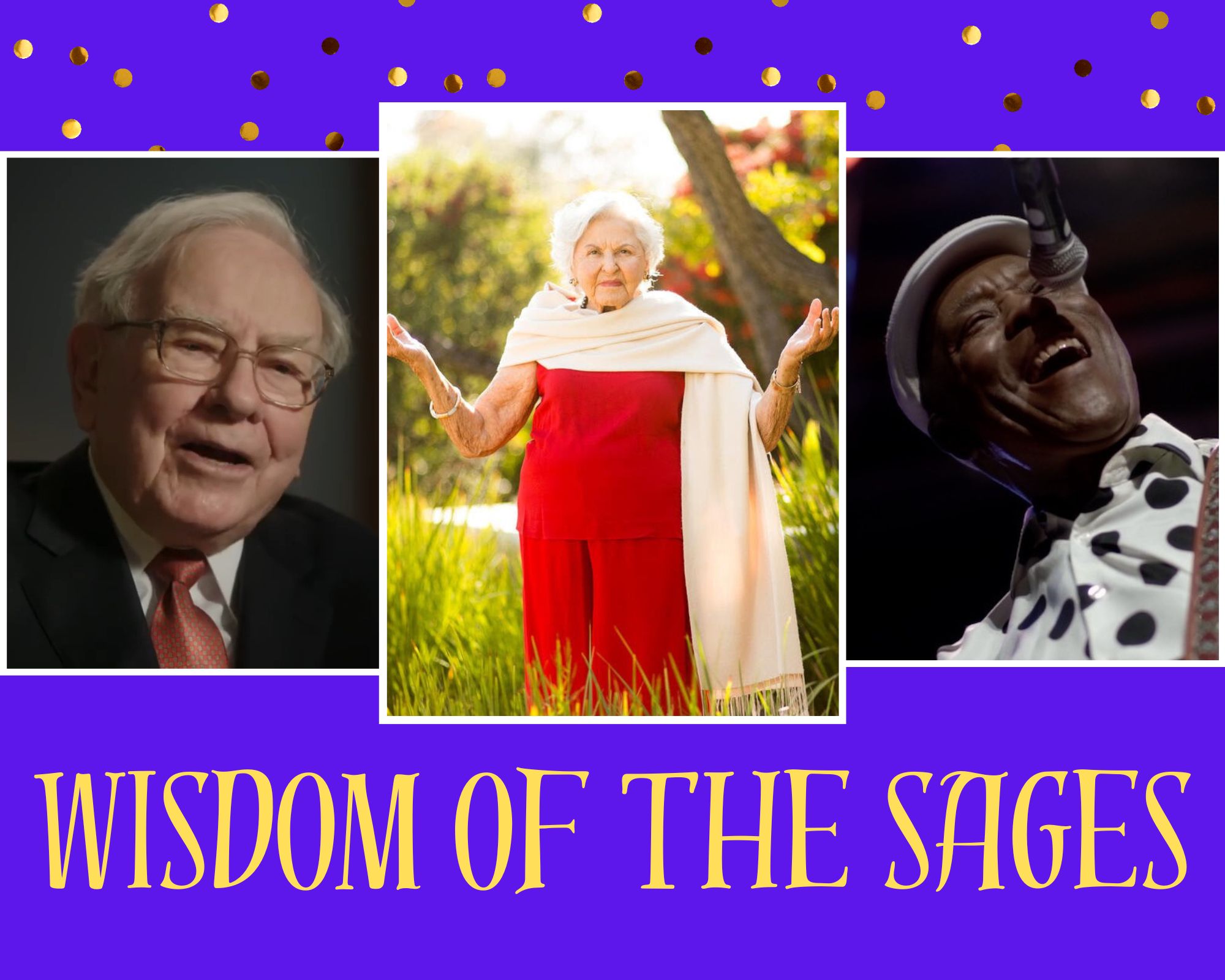
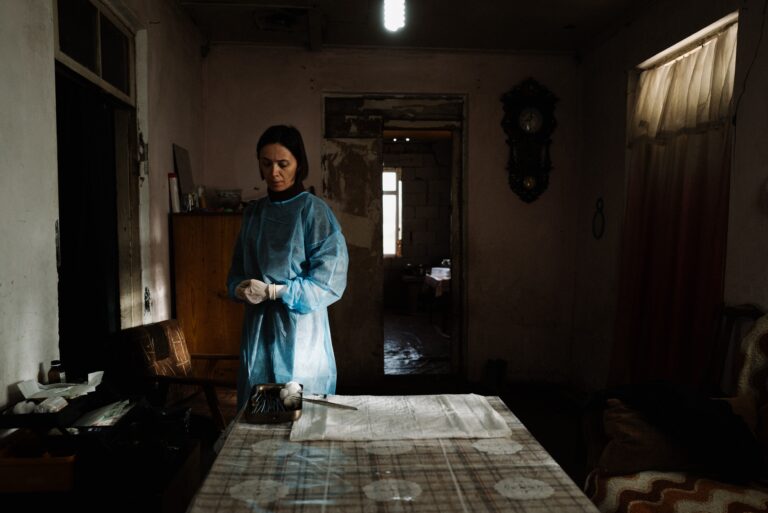




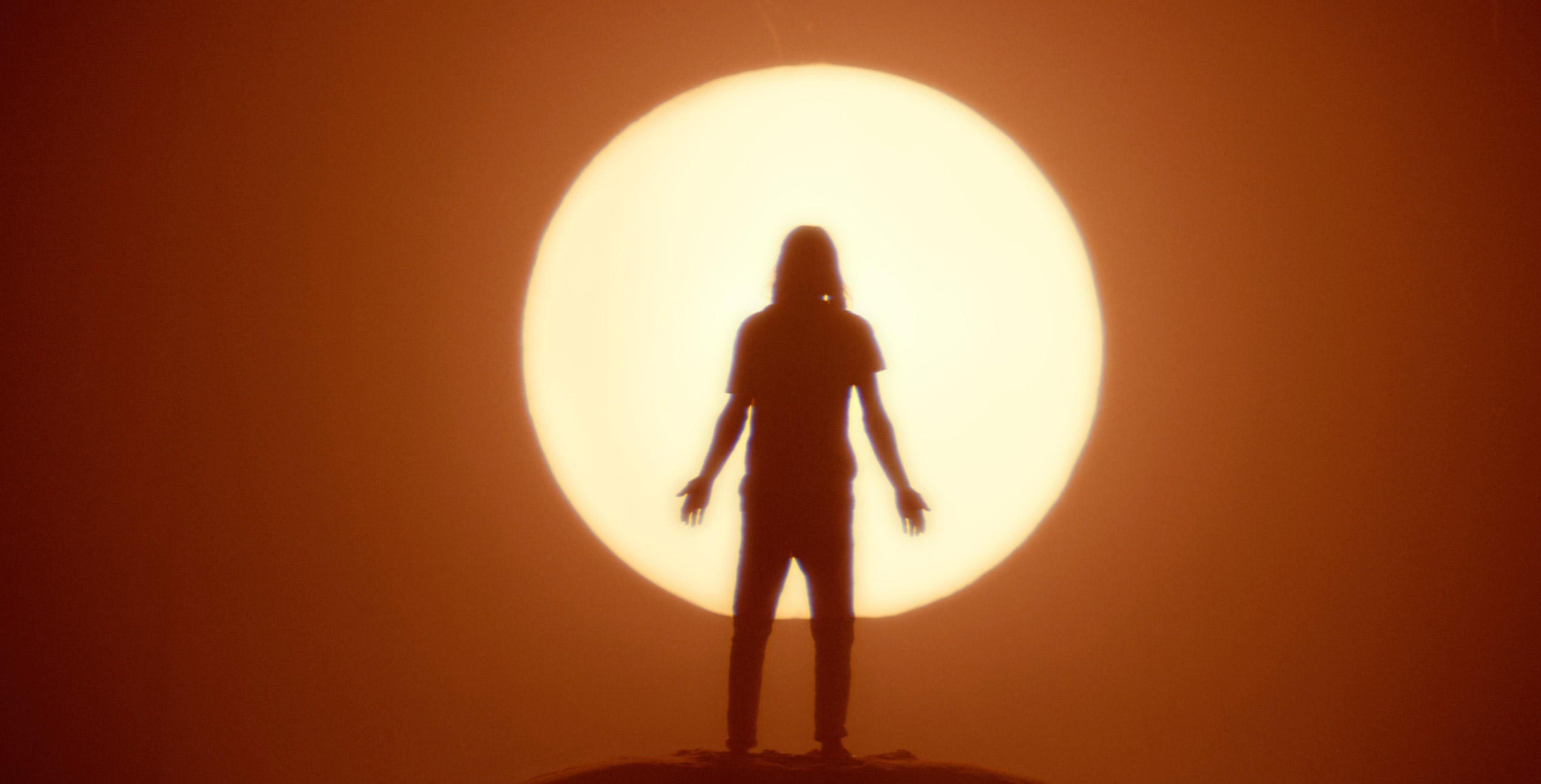

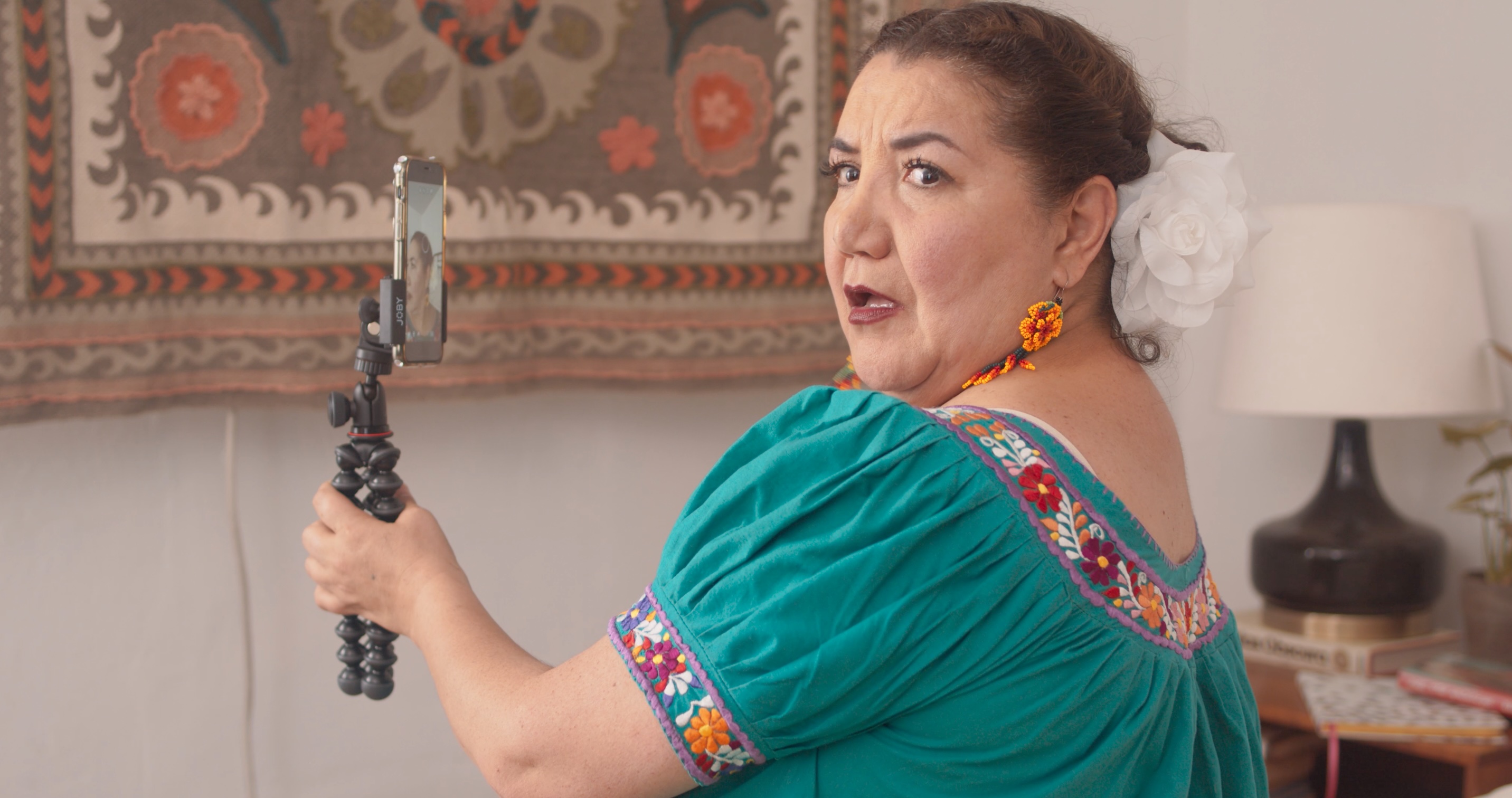


![John Wick's 'Gun-Fu' Action Style Was Originally Designed For A Jason Statham Movie [Exclusive]](https://www.slashfilm.com/img/gallery/john-wicks-gun-fu-action-style-was-originally-designed-for-a-jason-statham-movie-exclusive/l-intro-1746726001.jpg?#)
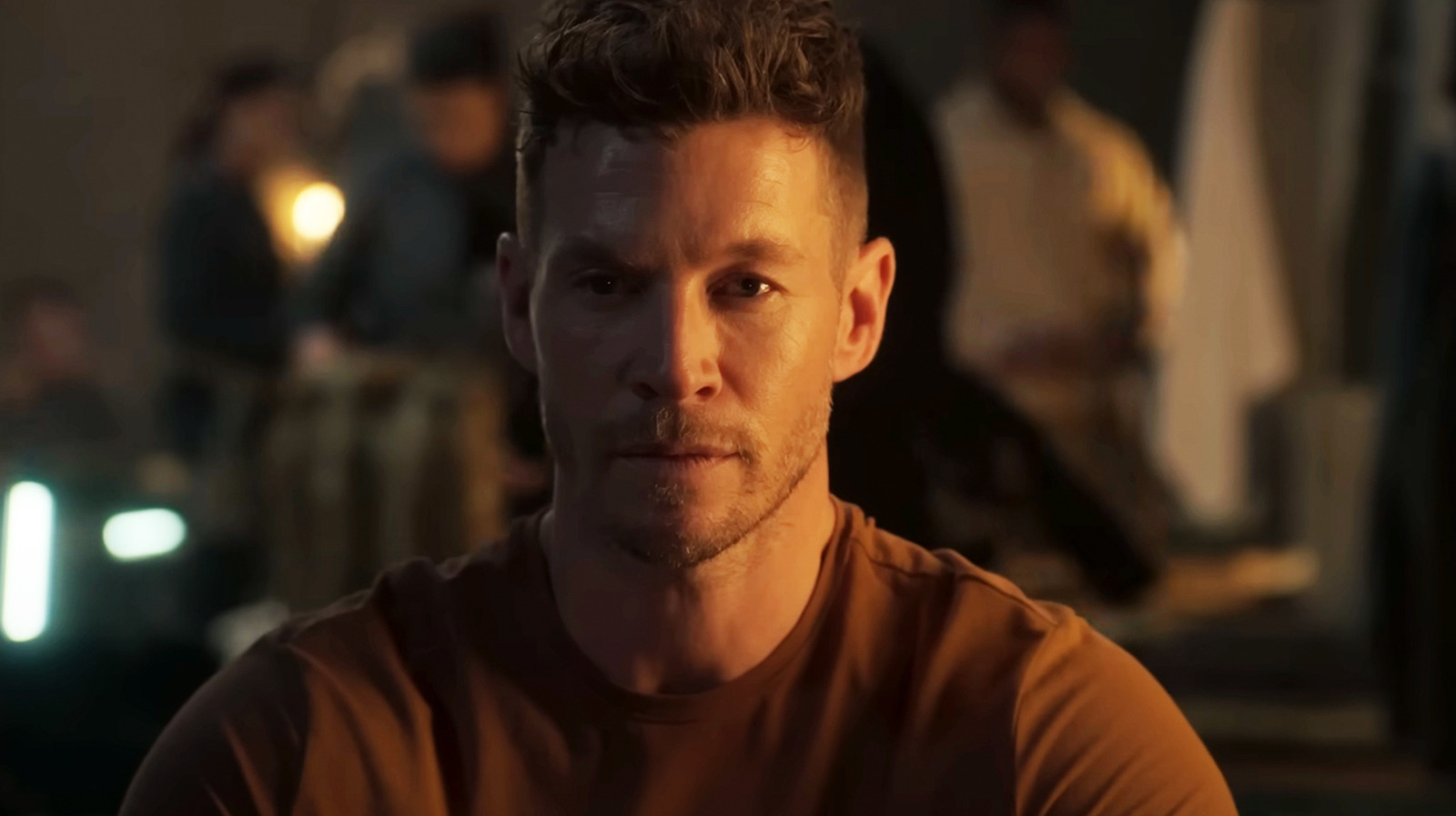
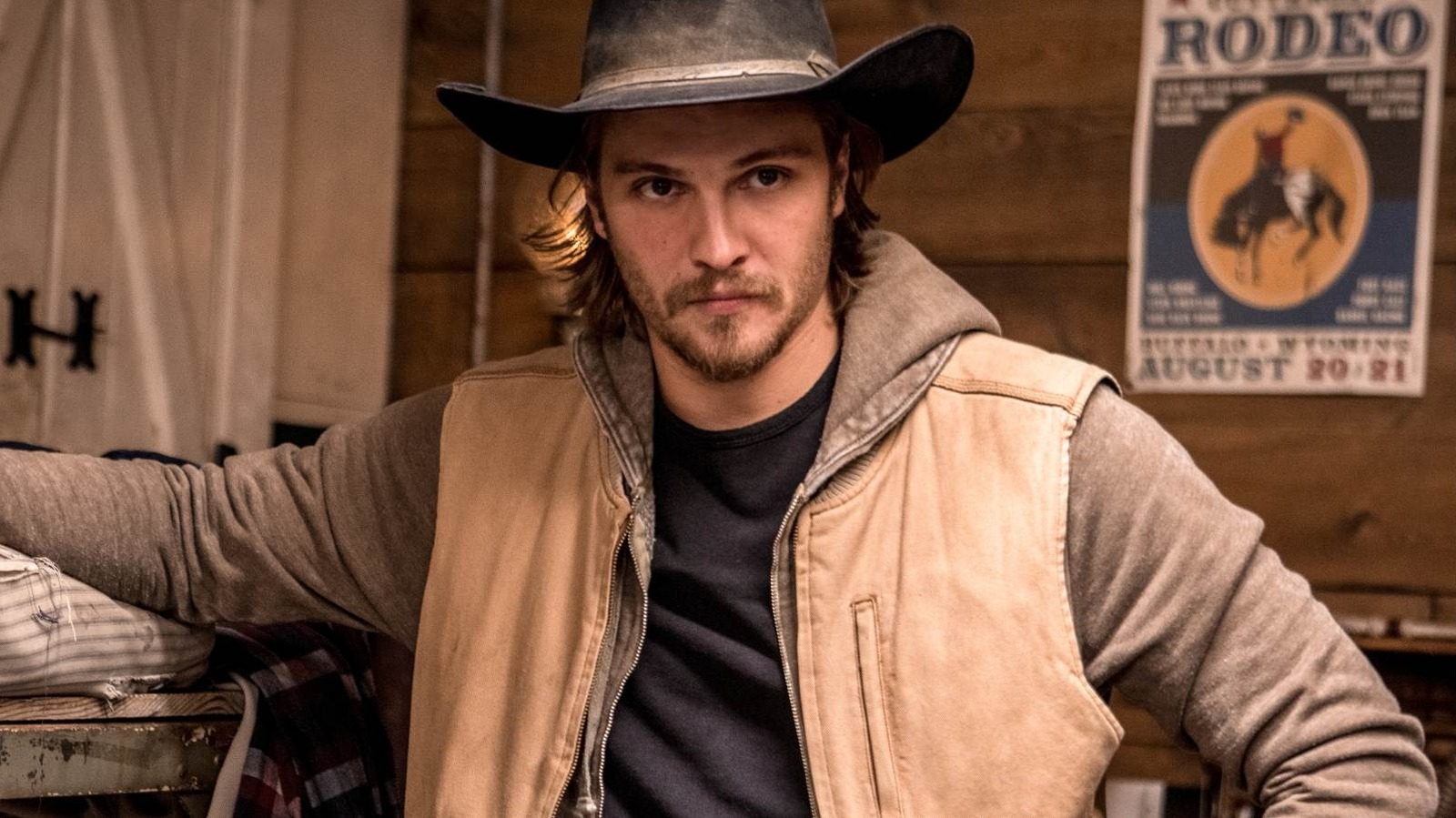







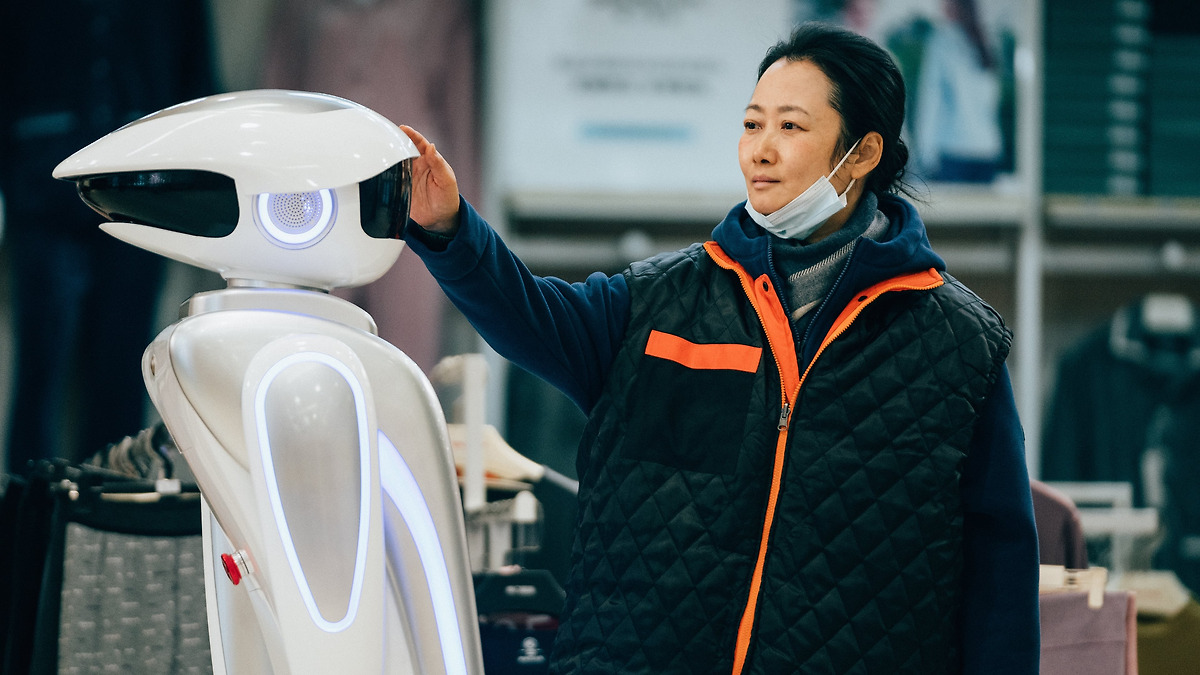
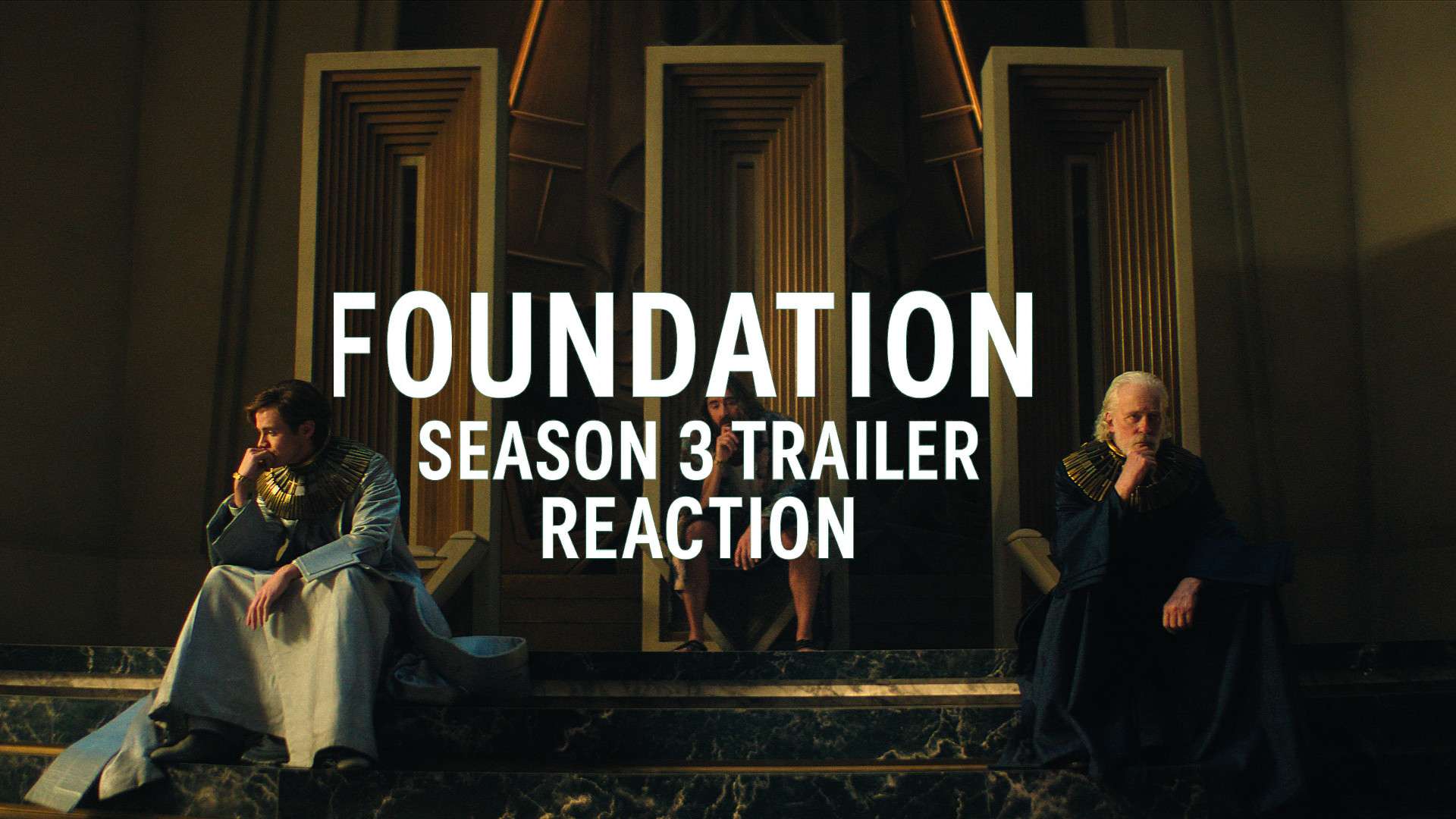



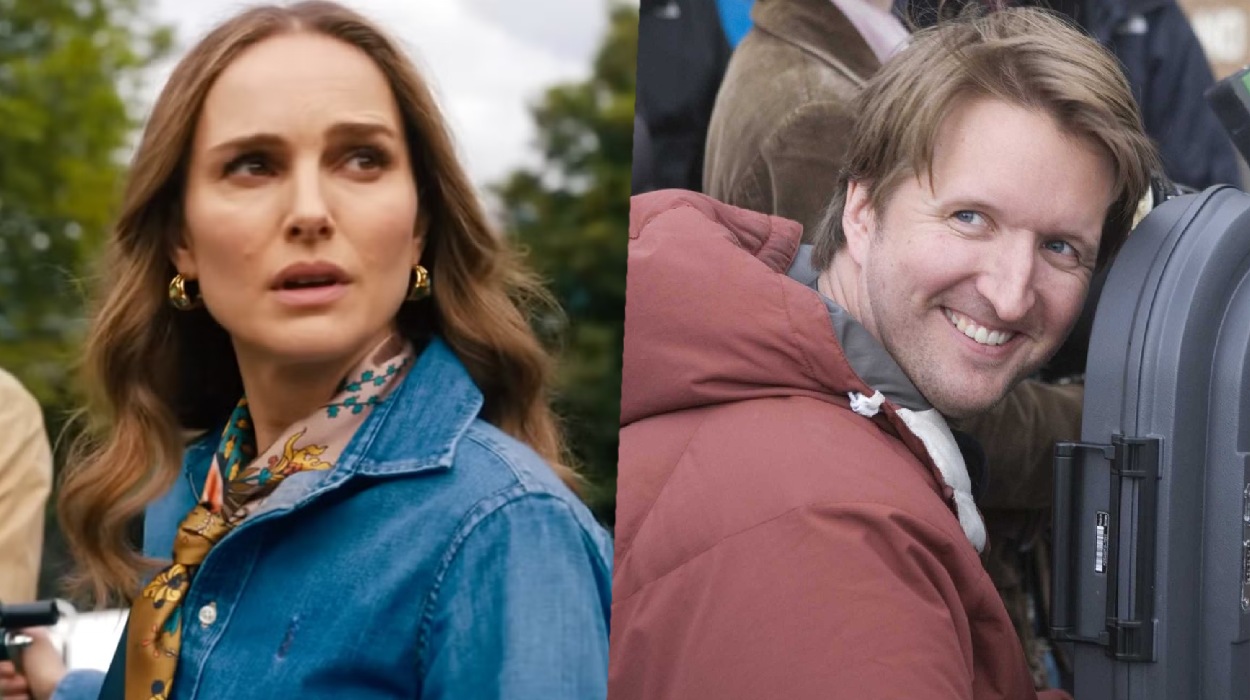
![‘The Surfer’: Nicolas Cage & Lorcan Finnegan Dive Into Aussie Surrealism, Retirement, ‘Madden’ & ‘Spider-Man Noir’ [The Discourse Podcast]](https://cdn.theplaylist.net/wp-content/uploads/2025/05/08055648/the-surfer-nicolas-cage.jpg)
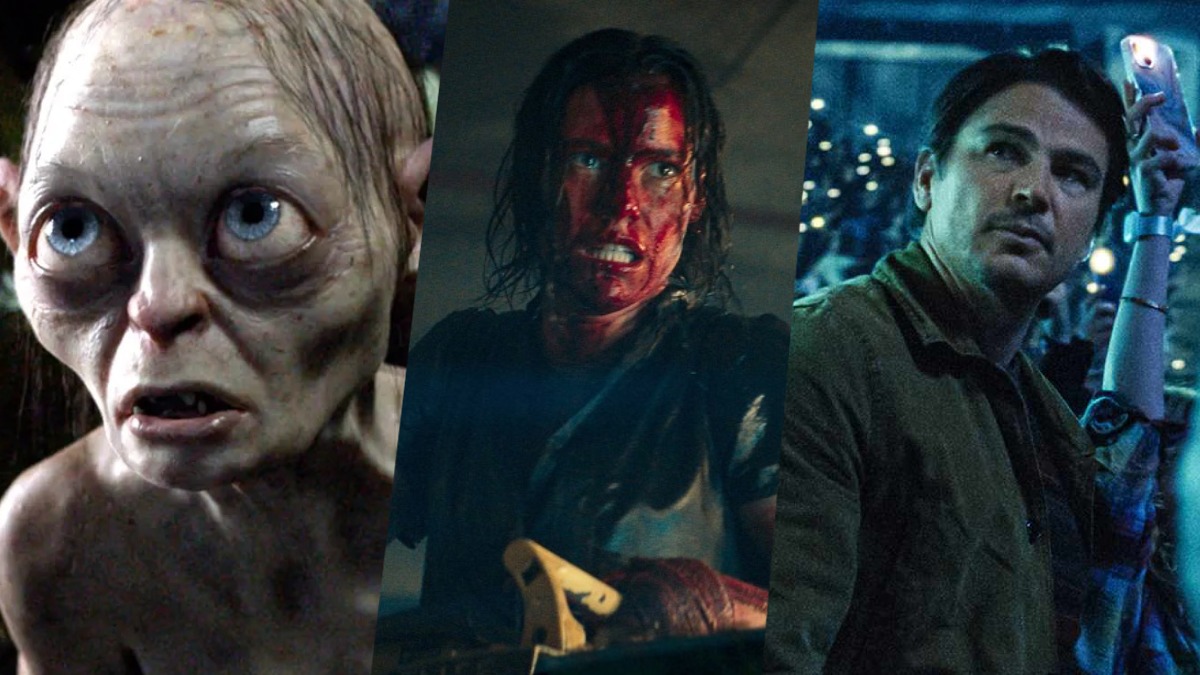
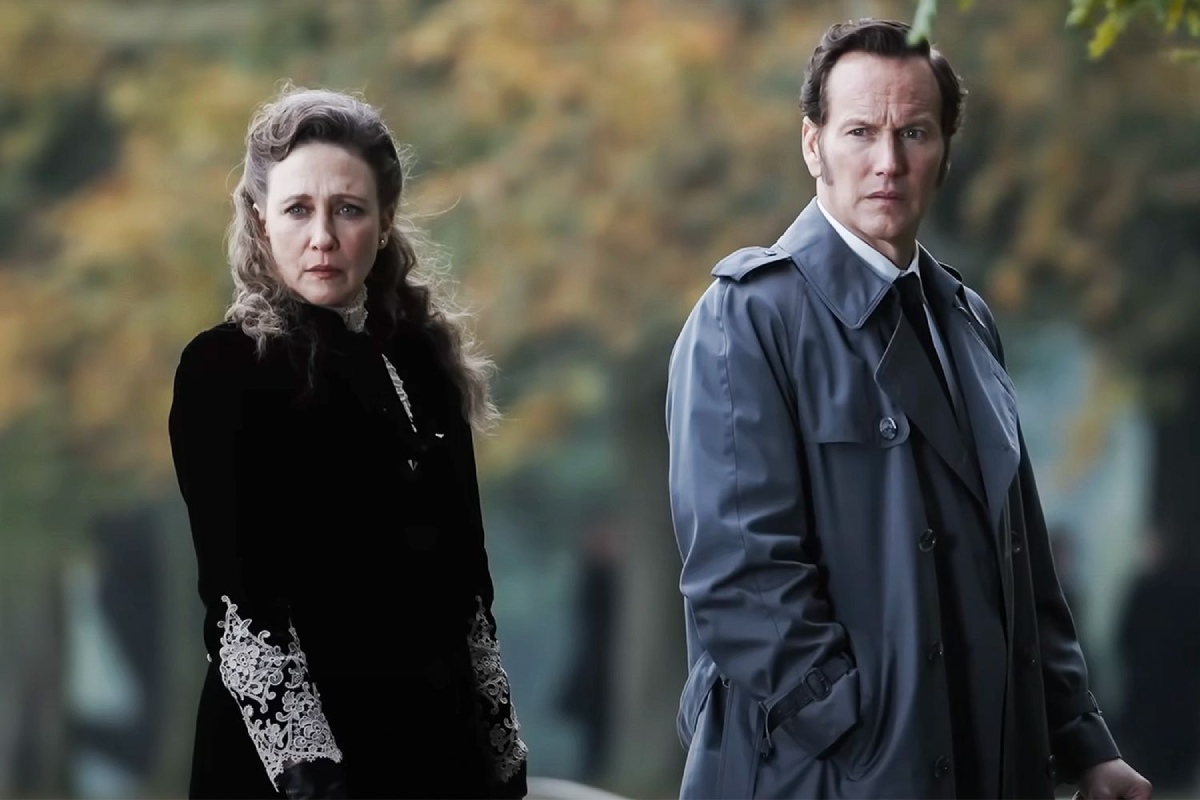

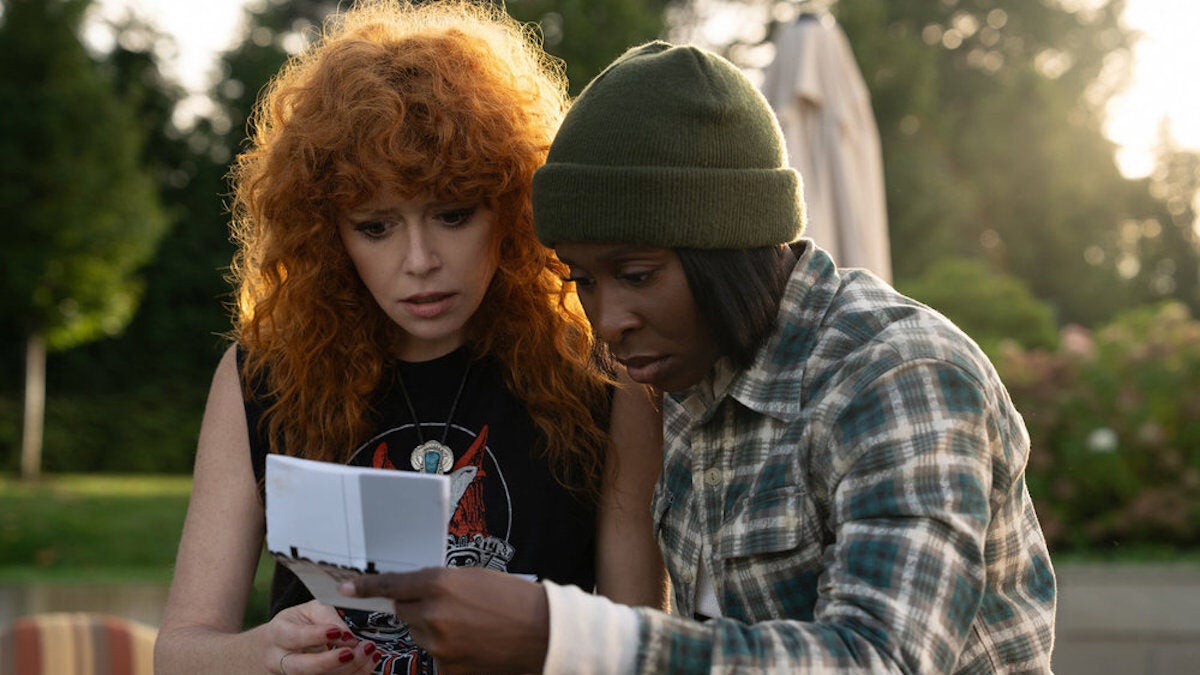



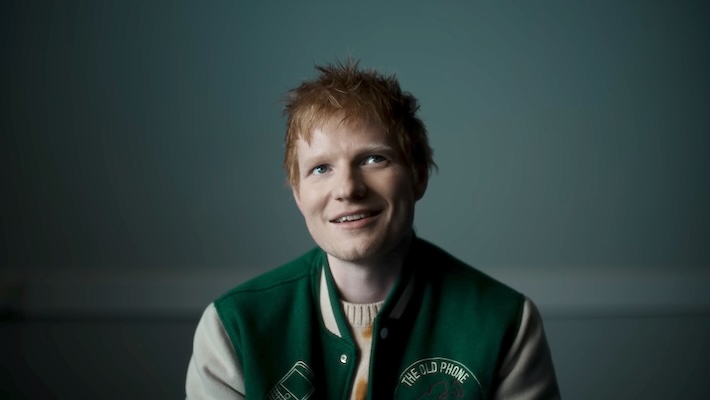





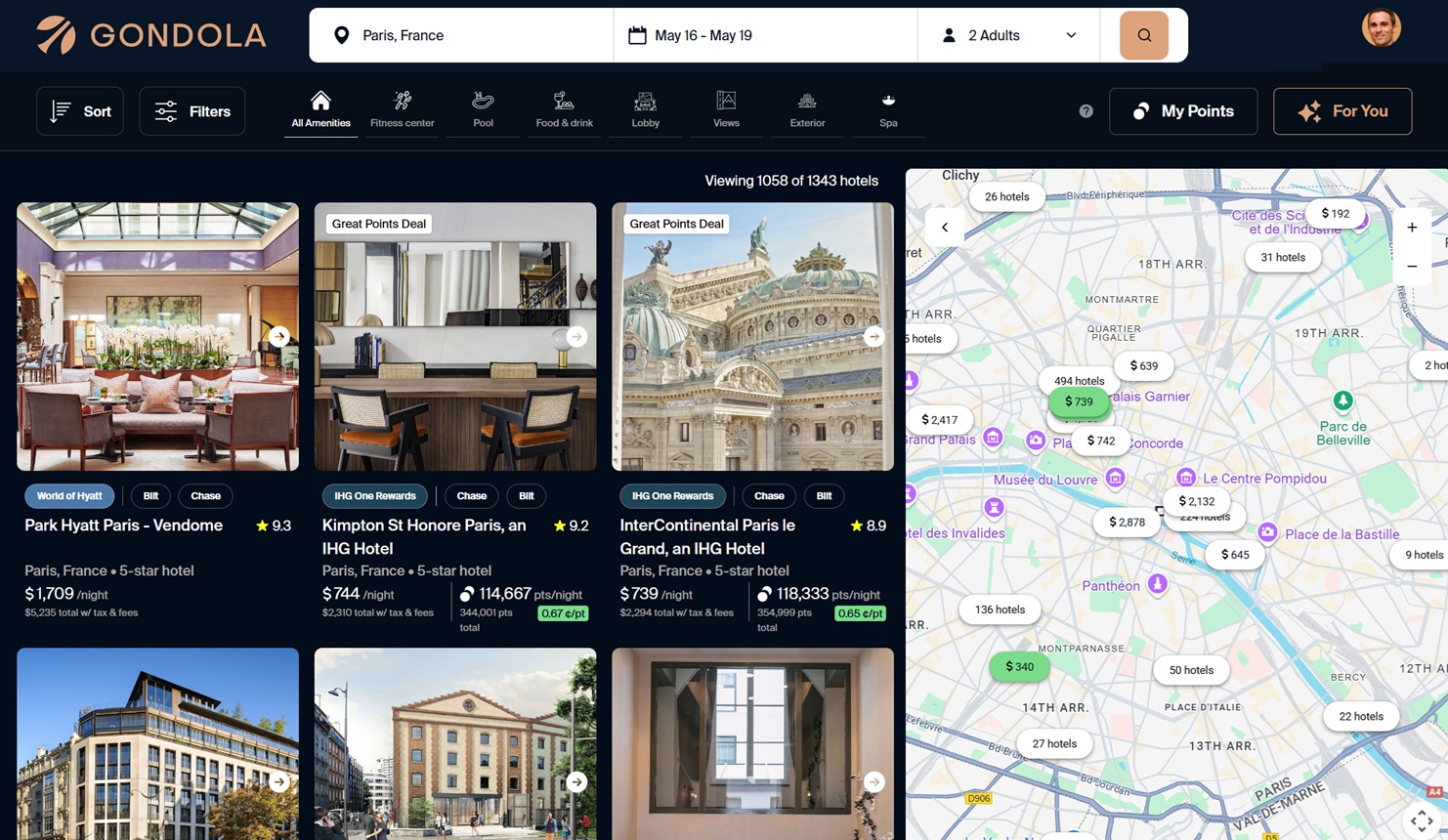









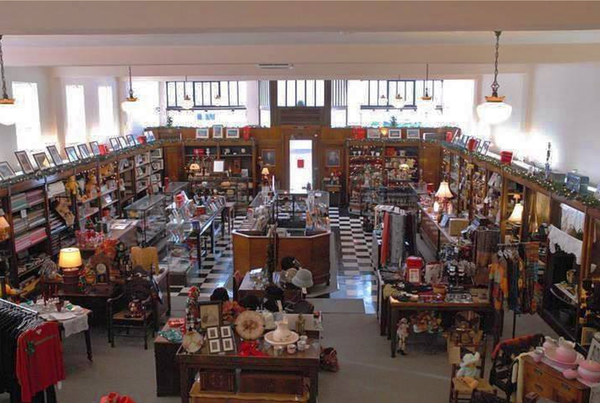

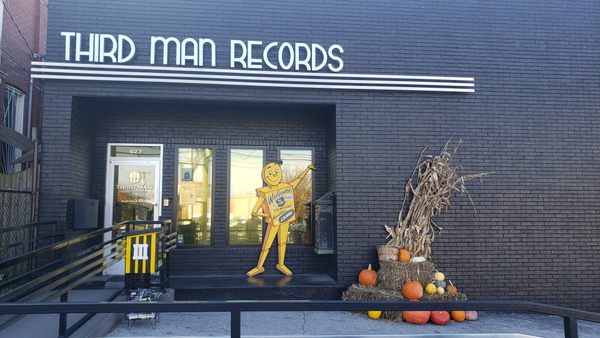


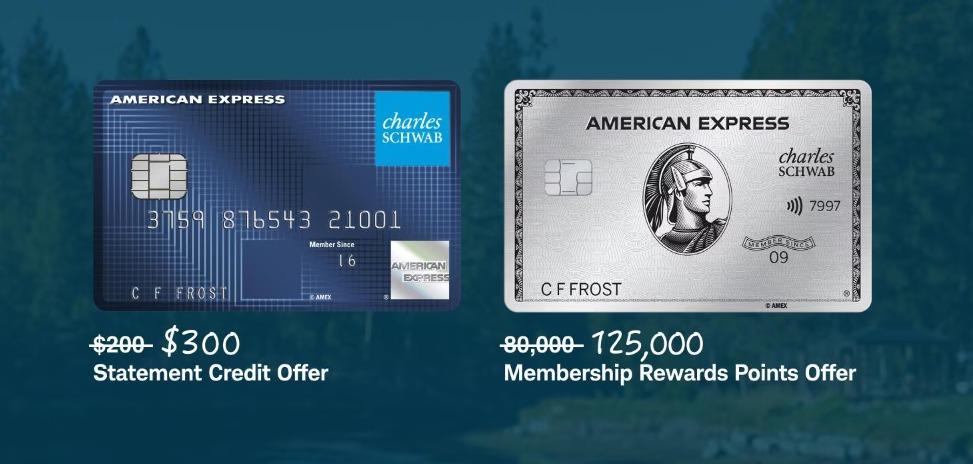










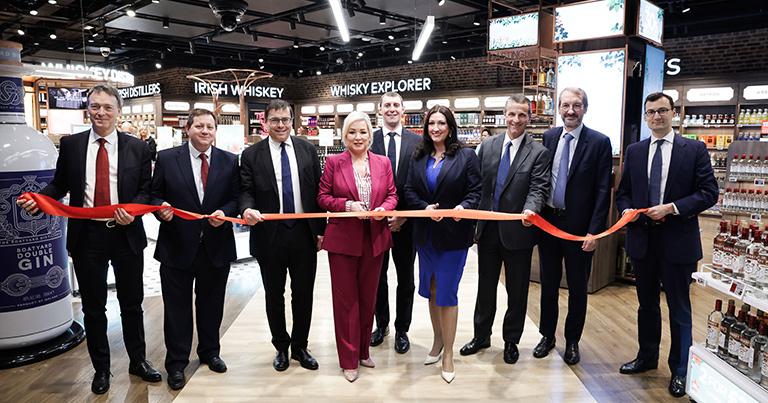


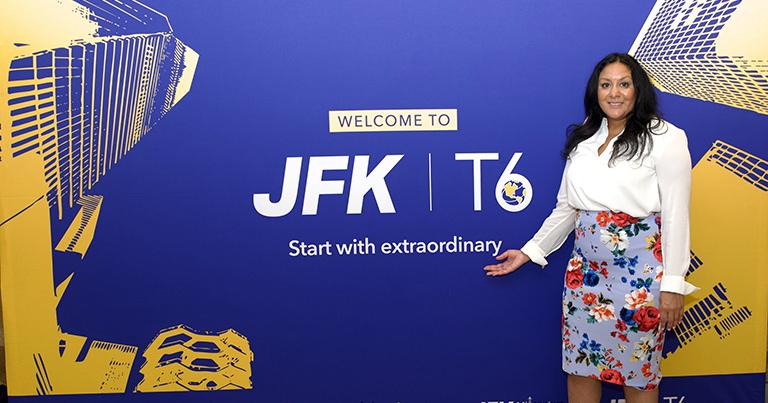

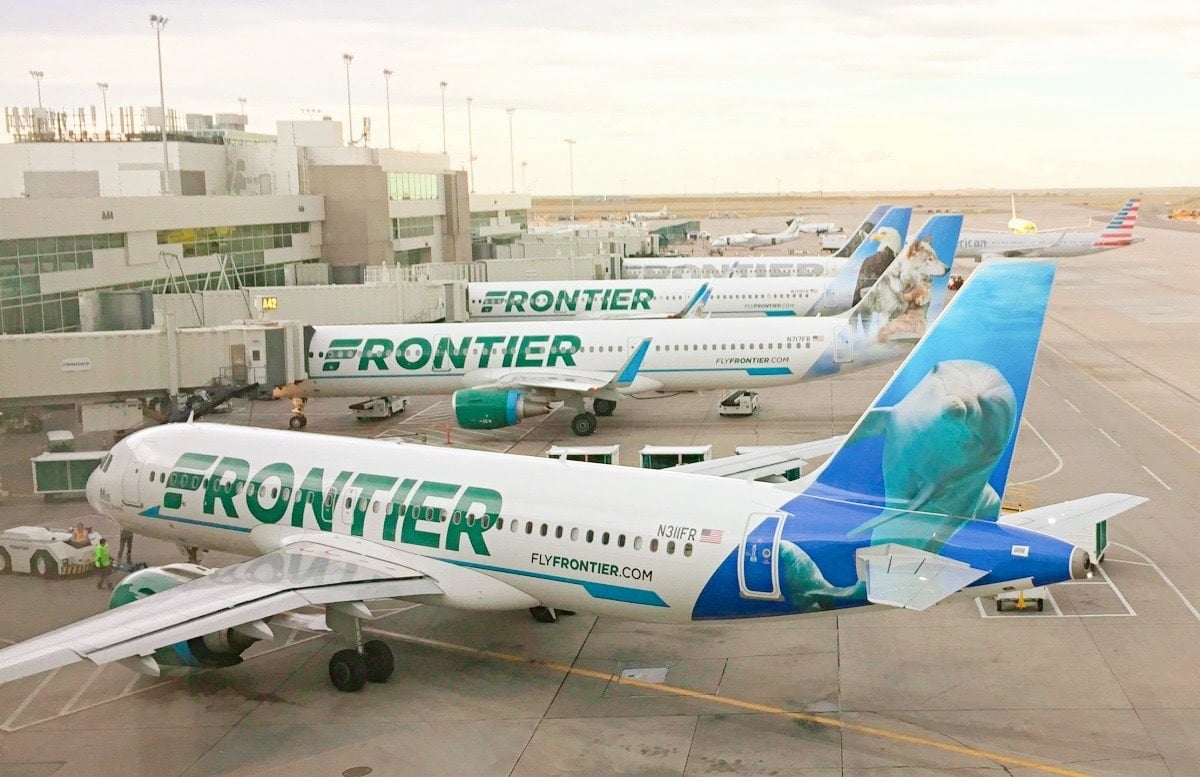










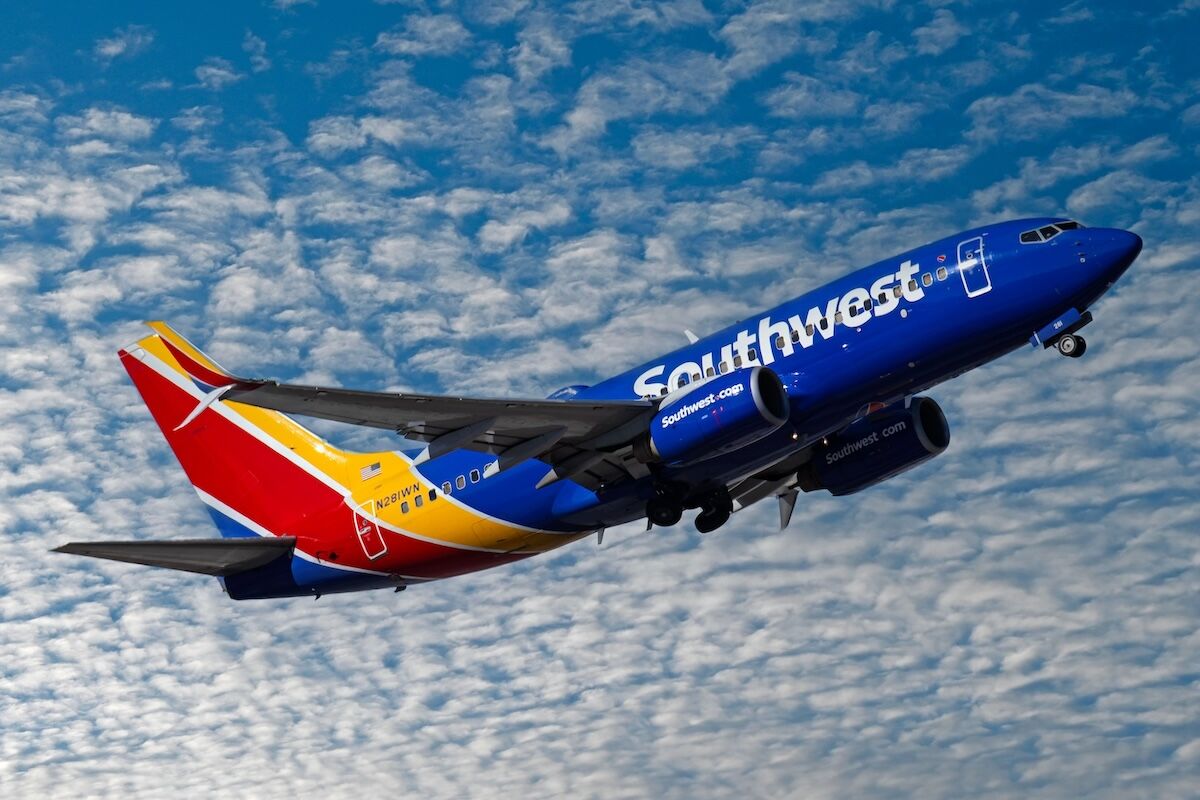







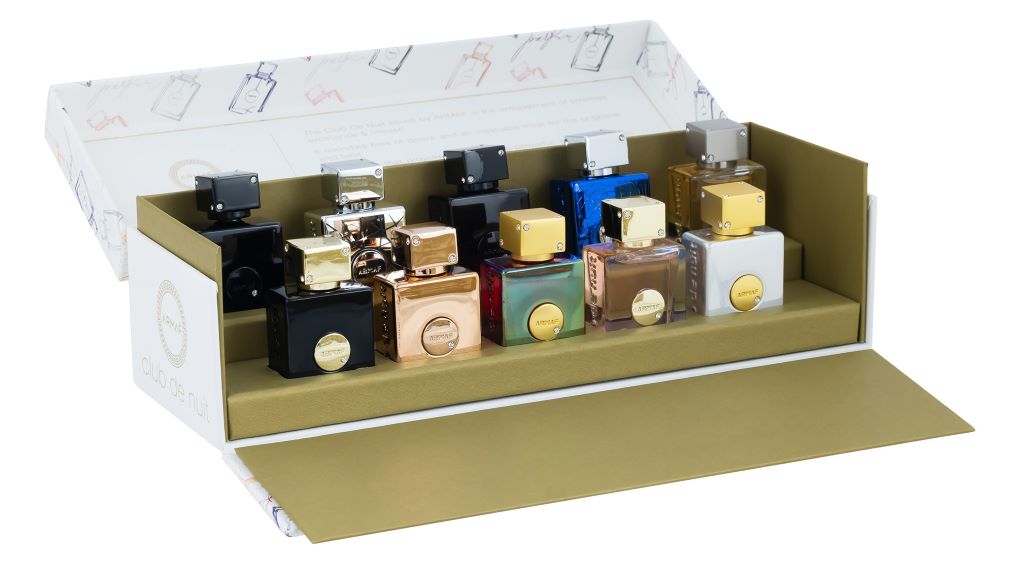
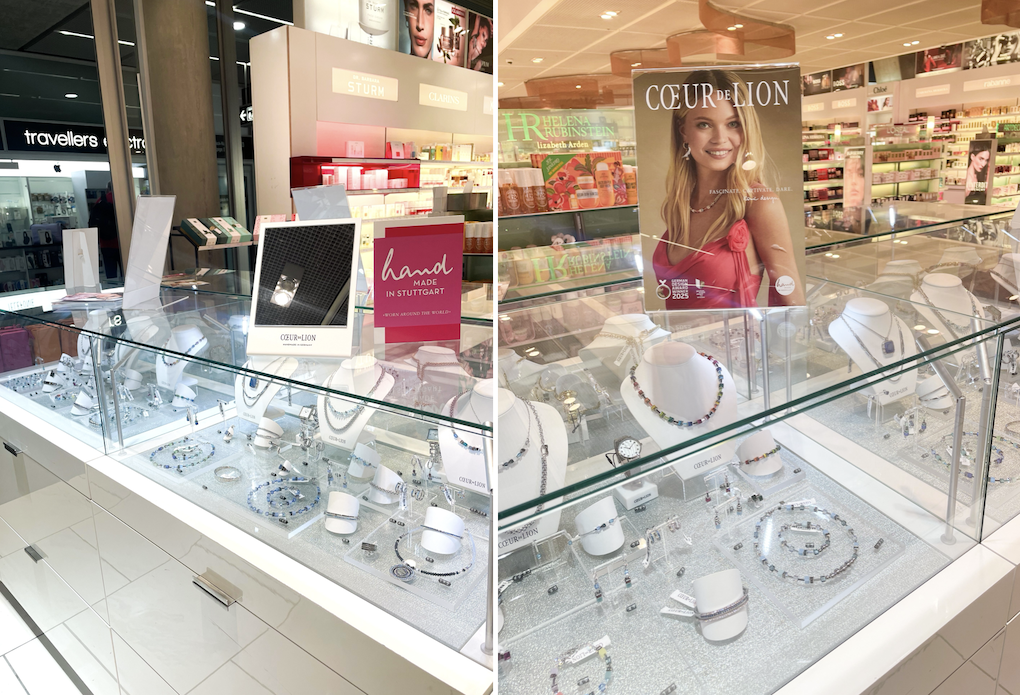









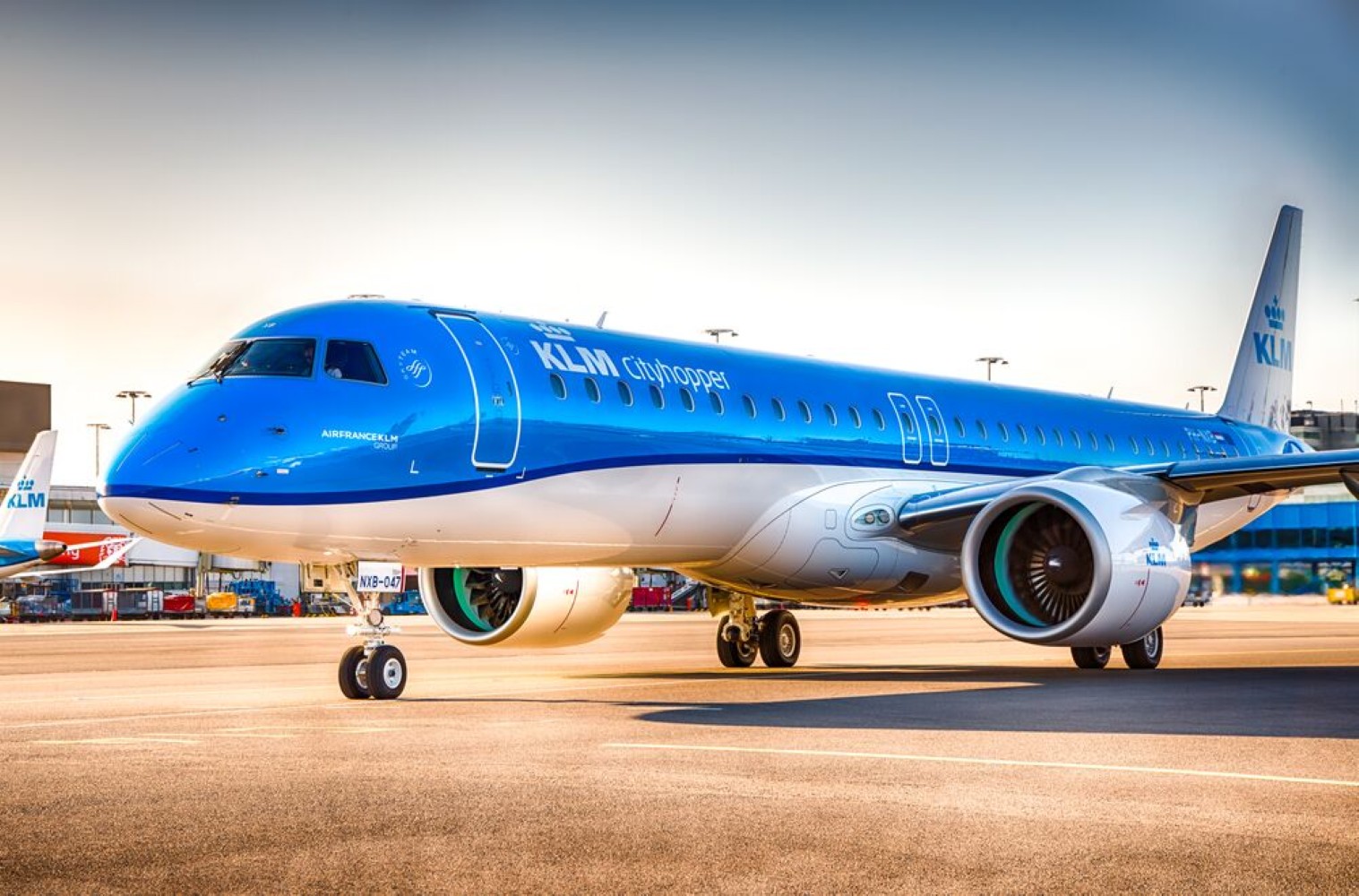


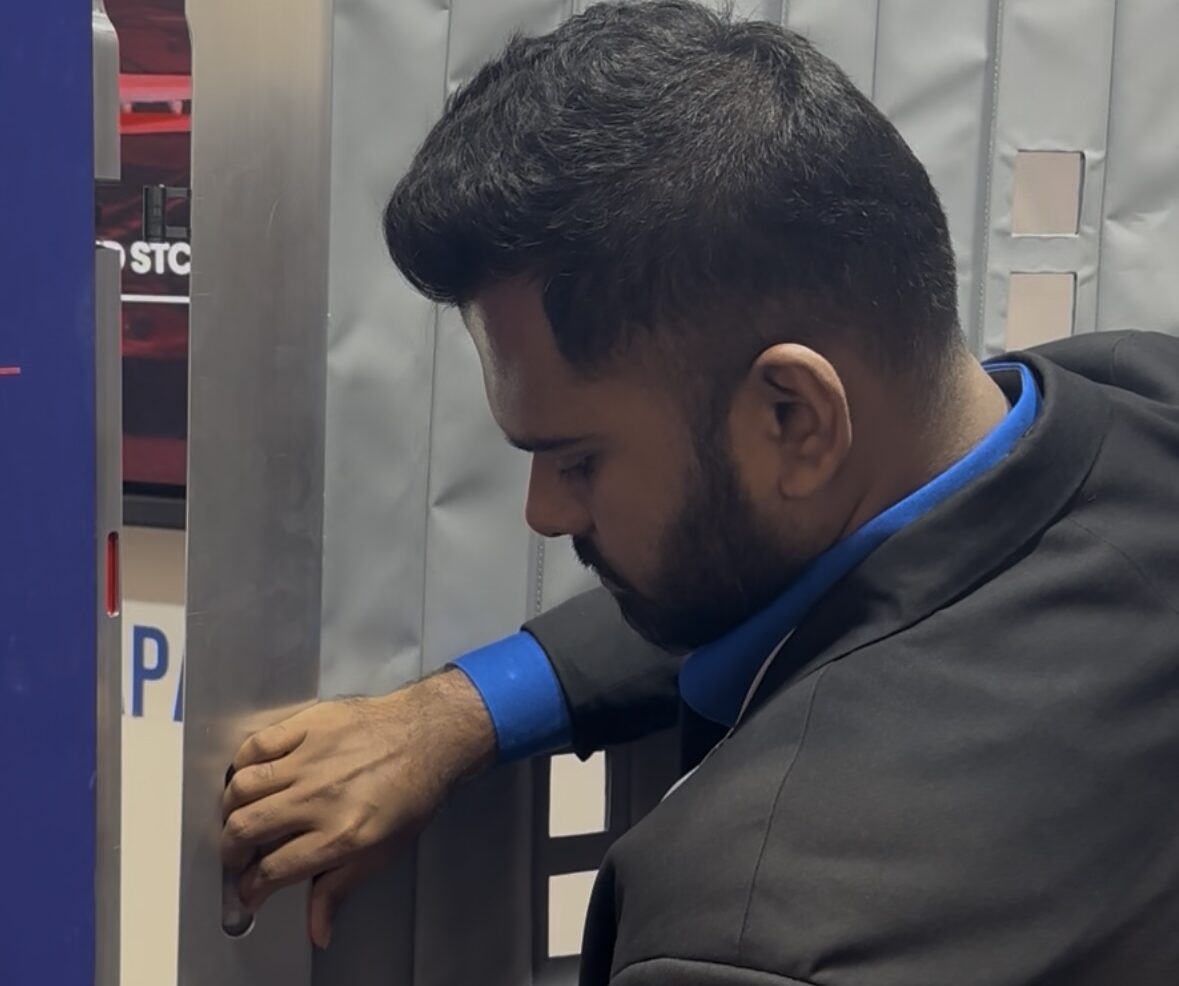






























![Marriott Hotel Demanded Women Show ID To Prove Gender—While They Were Using The Restroom [Roundup]](https://viewfromthewing.com/wp-content/uploads/2025/05/liberty-hotel-boston.jpeg?#)
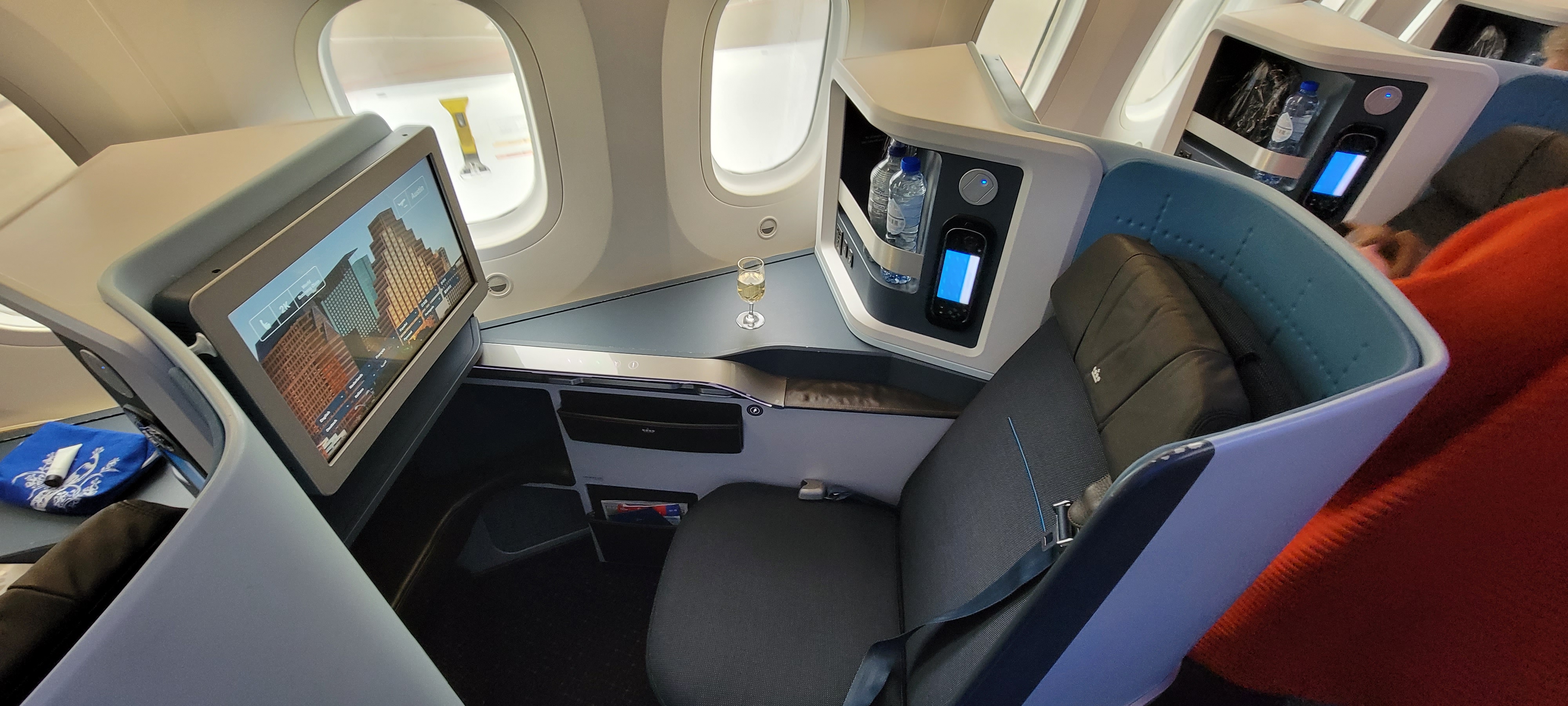































































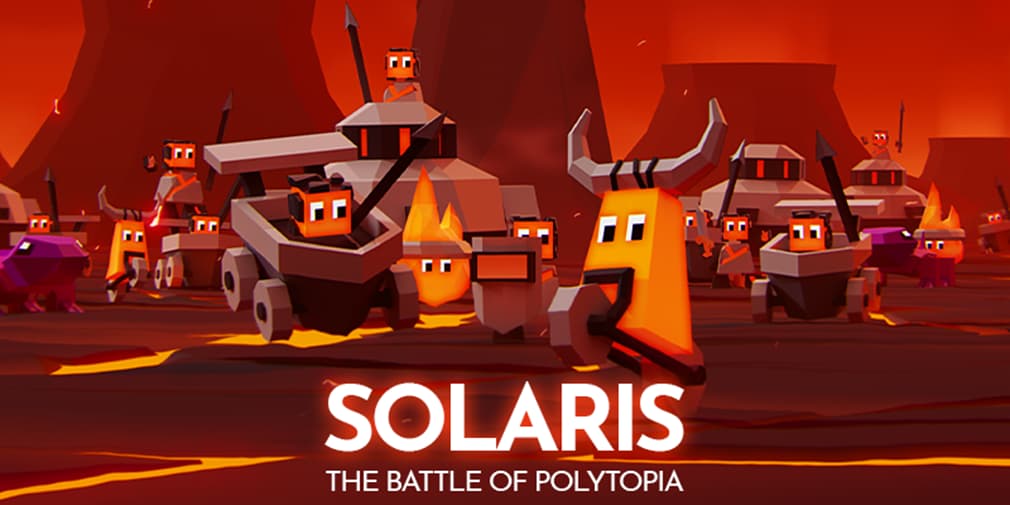
























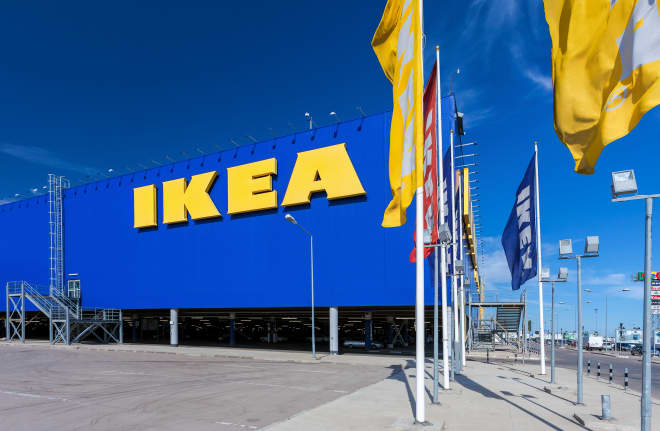















































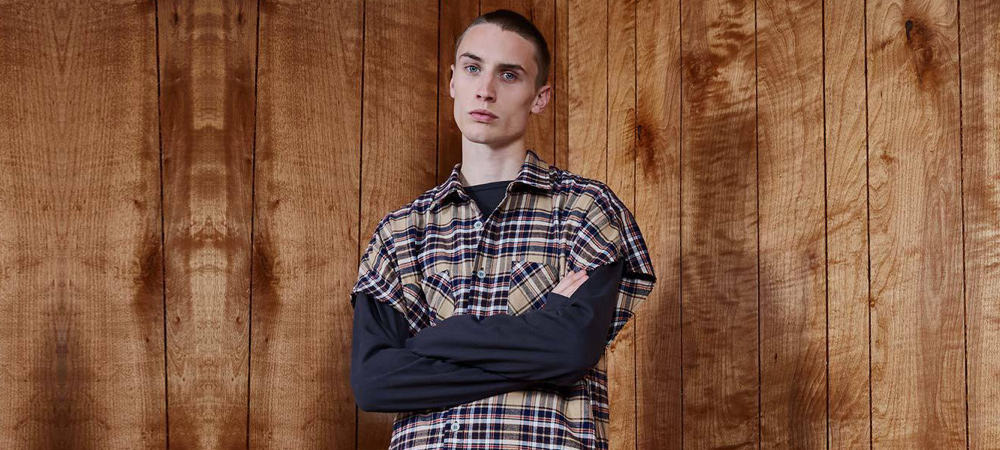


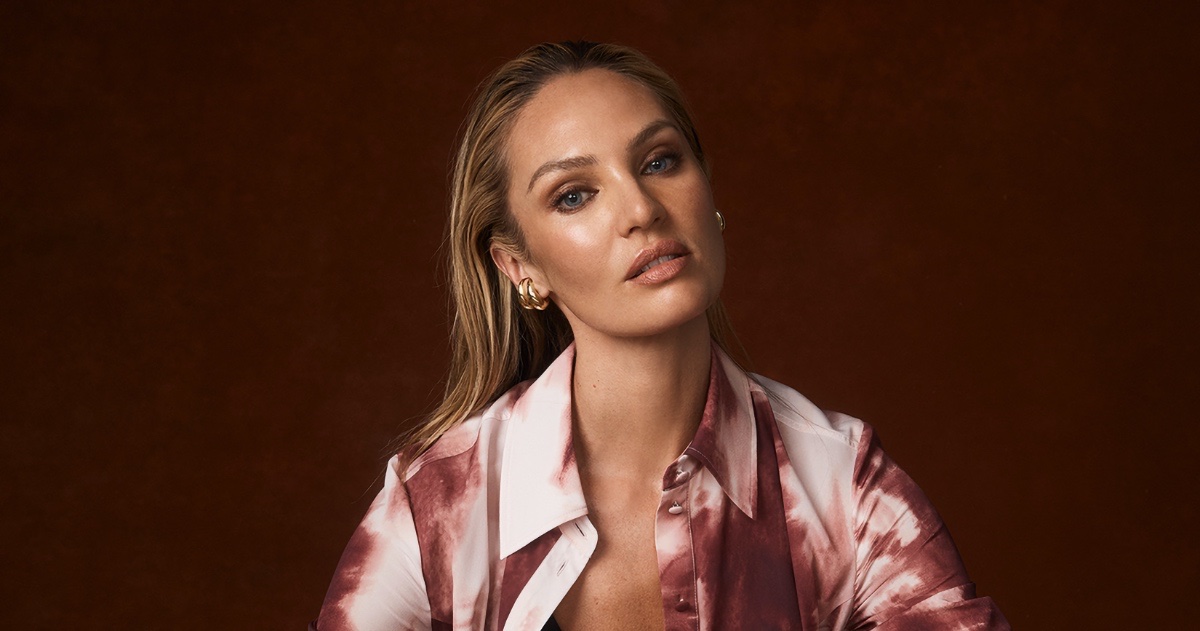

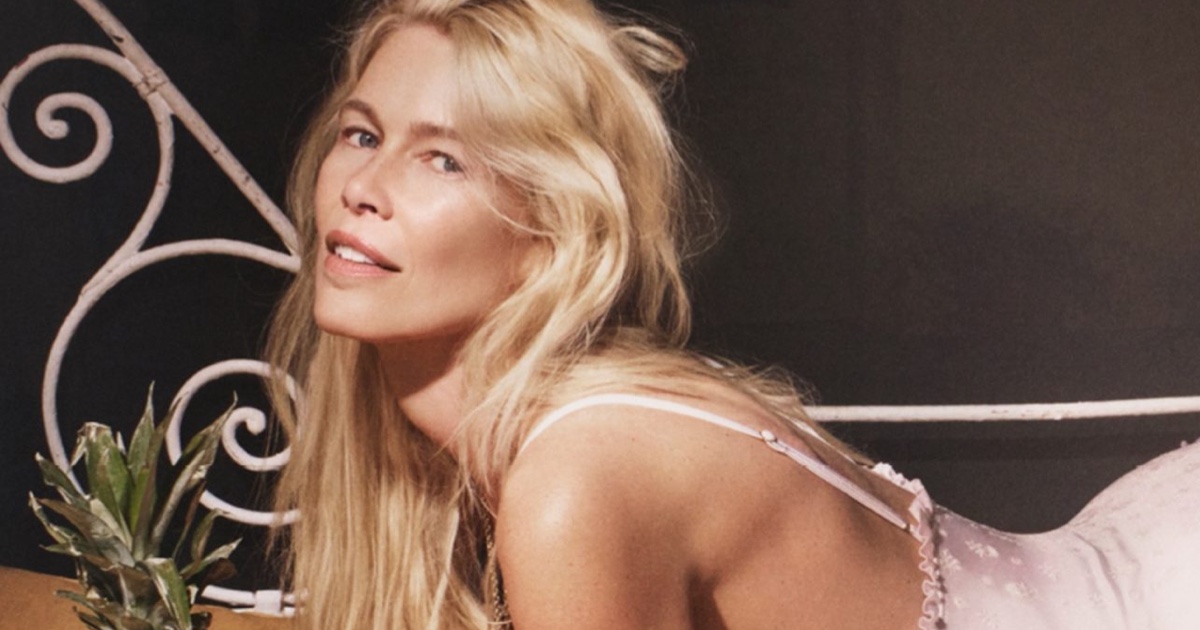










.jpg)







